Tokyo – there are so many things to do in this enormous city. Everytime I plan a journey, I am thinking not to stay too long in the capital so I do not miss out on the many other places in Japan. But when I stop by in Tokyo, it always feels rushed and there is not enough time to do all the things I would like to do.
My recommendation for the first Japan vacation is to stay at least four days in Tokyo on a two week trip.
That being said, I felt like doing a touristic thing today and went to Toyosu Fish Market, which recently relocated from Tsukiji.
The new facility is modern and built with visitors in mind but can also feel unauthentic compared to its predecessor. For those who want to see a tuna auction first hand, a website with a registration form opens about a month in advance. This avoids camping at 2 am in the dark in front of the market as it used to be like.
My objective was not to see the auction but rather enjoy breakfast at one of the local restaurants that serve the freshly caught fish for sushi and sashimi plates. While I am sure all of them taste great, I went with the popular Sushi Dai that usually has a long line of hungry tourists in front of its doors. When I came, there were just five people in front of me but I had to wait about an hour to be seated. Usually it will take at least that long. Keep that in mind before committing.
Once inside, the service was first class and the three chefs were in a talkative mood. The restaurant had fifteen seats around the counter and the majority was taken up by a Taiwanese group that arrived after me. Also there were two Japanese couples next to me. The only order was the omakase, which included nine pieces recommended by the chef based on the freshest catch of the day. In the end I could choose one additional piece.
Without going into much detail, each nigiri was masterfully formed and tasted delicious. The course started with yakitamago and then came several fishes, including tuna, tarako, sea bream, uni and more. In the end I had an additional ootoro nigiri.
Close by Toyosu Market is the temporary exhibition from TeamLab, called Planets. The group of artists and engineers is famous around the world for their high-tech immersive exhibitions. Personally I encountered their artworks at the Milan Expo and in Singapore before, so when I heard about their two exhibitions in Tokyo I had to go, ideally to both.
When I went there were not a lot of people and I think this can make a large difference in how one experiences the exhibition. Time slot-based tickets can also be ordered in advance online.
If you want to experience the exhibit without being spoiled, please skip this section of the article.
I wrote immersive and this exhibition takes it literally. There were rental shorts and lockers at the entrance because one will walk through water up to knee level during parts of the exhibit.
Right when I entered the first part, I stood in a river stream up to the ankles. To reach the waterfall at the end of the corridor I had to walk up a slope. This part alone got me excited about what was yet to come. Right after that a staff member provided me with a towel to dry my feet before proceeding to the first large room.
The room was completely black and the ground was like an enormous sand bag. Constantly sinking in one had to slowly cross the room or could lie down for a bit before proceeding. The room mimics a black hole which sucks you in and also creates an environment where one can feel the presence of the other visitors.
Next came the crystal maze installation. Here I easily spent most of my time. The room is covered in pulsing LED strips and lined with mirrors which created an unique environment.
With the official app one could even take influence on the patterns of the installation.
On the way to the next room I slowly submerged into water again. When I entered the big room I was knee-deep in. On the milky water surface virtual fish swam around and reacted to the presence and movements of the visitors. In a side room the water was colder and a matching winter themed projection was shown.
The third room was full of inflated balloons that could be pushed around. Some were filled with air while some floated because they contained helium.
The last room was a continuous animation of nature. The authors stressed that the patterns were not prerecorded but are continuously calculated and are never the same as before.
Words cannot describe this exhibition well so here is a compilation video.
That was a great experience. Now I wanted to see the second exhibition as well but decided to do that on another day. Instead I took the subway to Ginza to do window shopping in the luxurious shopping district.
In Yurakucho there was a ramen shop I read about that serves yuzu infused shoyu ramen; it is called Hyottoko. When I arrived at late lunch time there was a queue of about 20 people waiting which I interpreted as a good sign. The master and his apprentice worked in accord to serve the eight customers at the counter. The turnover at these small ramen places is incredibly fast so I did not have to wait long until I could take a seat.
Also not uncommon is to order a meal ticket at a vending machine beforehand. It can be difficult to order when one cannot read kanji fluently. Even then, ordering based on the price range and good luck surely will bring about a tasty meal.
The signature yuzu ramen with extra chashu arrived momentarily and I first tried the broth without touching the shredded yuzu. The broth was rich but not too strong, just right. The noodles were slightly firm and the chashu tender. With the yuzu mixed in the soup changed flavor and tasted even better.
One of the landmarks of the Ginza district used to be the Sony Building which was recently torn down. What remains is a park on the plot, on first sight. Actually the building had five basement floors that were left intact and are still in use now. At the moment there was an interactive exhibition about Queen and Freddy Mercury which was great fun to experience.
Right at the first staircase one should follow the clapping beat of “We will rock you” while descending the stairs. If one matched the rhythm, the full song played.
Further down there were multiple references to the hit songs. There was a karaoke box for singing “We Are The Champions” and one could become part of the music video of “Bohemian Rhapsody”.
Moving on, I paid the relatively recently built Ginza Six department store a visit. It houses a roof garden which I found a pleasant escape from the busy life at ground level.
Further down the street lies Itoya, a store specializing in writing and drawing tools. The shop was featured in the series Terrace House that I am currently following and I wanted to check it out. The building is quite narrow but the shop is spread out over 10 floors.
Also the Muji Hotel was opened recently, answering the question how it would be like to live in a Muji store. On the lower six floors it is a normal Muji store with all the familiar simple design items. Beyond, one can check into a hotel room which is exclusively furnished with Muji stock. One day I want to stay there.
There were many more things to see in Ginza but in the interest of time I moved on to Roppongi. While I do not frequent the area much, the Mori Art Museum inside the Roppongi Hills complex drew my attention. At the time, they ran an exhibition about several emerging technologies of the near future, ranging from smart city planning to nutrition. This museum clearly goes beyond an art gallery. I enjoyed the technical and engineering-first approach of the museum with many interactive exhibits.
In one area the future of nutrition was imagined with the example of 3D-printed sushi that contained deficient supplements of the guest. The human chef was just for show. In another room the moral dilemma of self-driving cars was discussed. Another area focused on new reproduction policies allowing four parents to have a child together aided by currently existing CRISPR and PID techniques.
The art museum lies on the 53th floor and therefore offers a great view over Tokyo, particular the Tokyo Tower. At the moment there was a running exhibition about trains.
Another fun pastime was a gatcha coffee station. In Japan one commonly sees vending machines selling capsules of random content. Here, one could choose the coffee beans of their favor and grind and brew them freshly.
In the evening I met a good friend who is currently living in Tokyo for dinner. We are both from the same hometown but got to know each other abroad by coincidence. We had an amazing time at an Izakaya in Akihabara (the opposite site from the one you were thinking). The restaurant was half inside, half on the street and we joined a group of two businessmen at a table. The atmosphere here was so light hearted and we just started talking with each other. The izakaya specialized in yakitori (grilled skewers) and had plenty of fun. Funnily, there were also some non-skewer side dishes but none contained any rice, a rarity in this country.
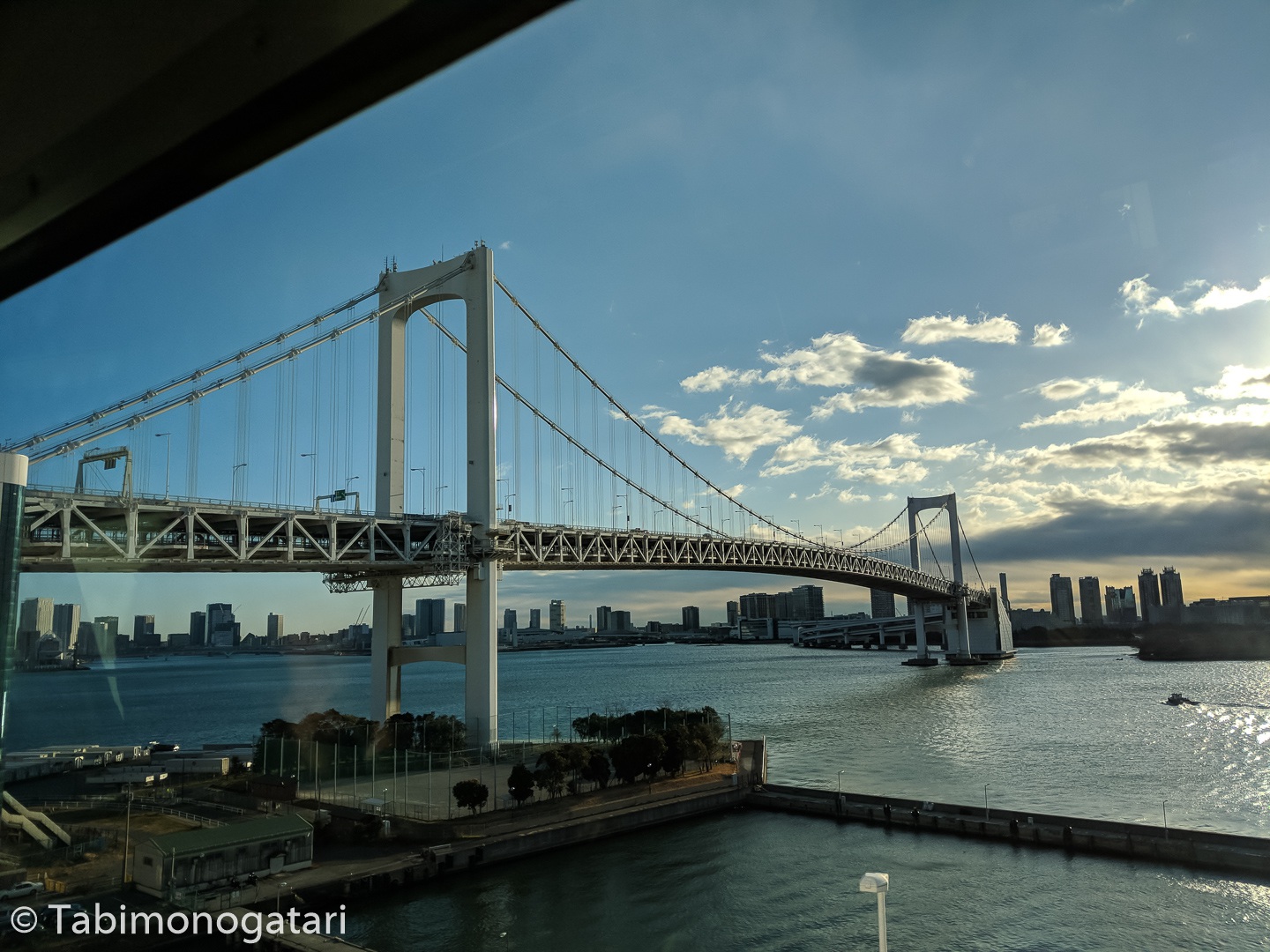
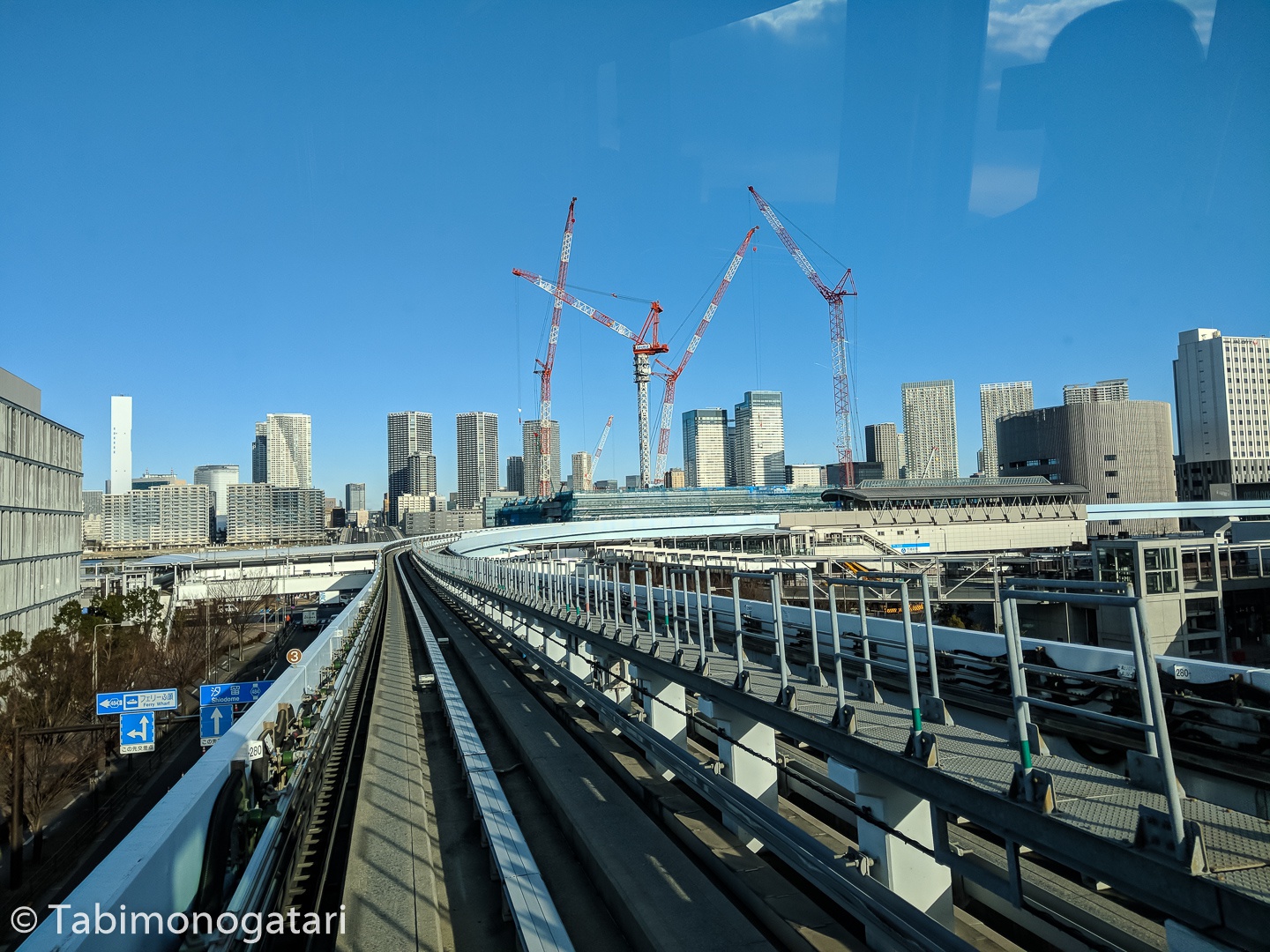
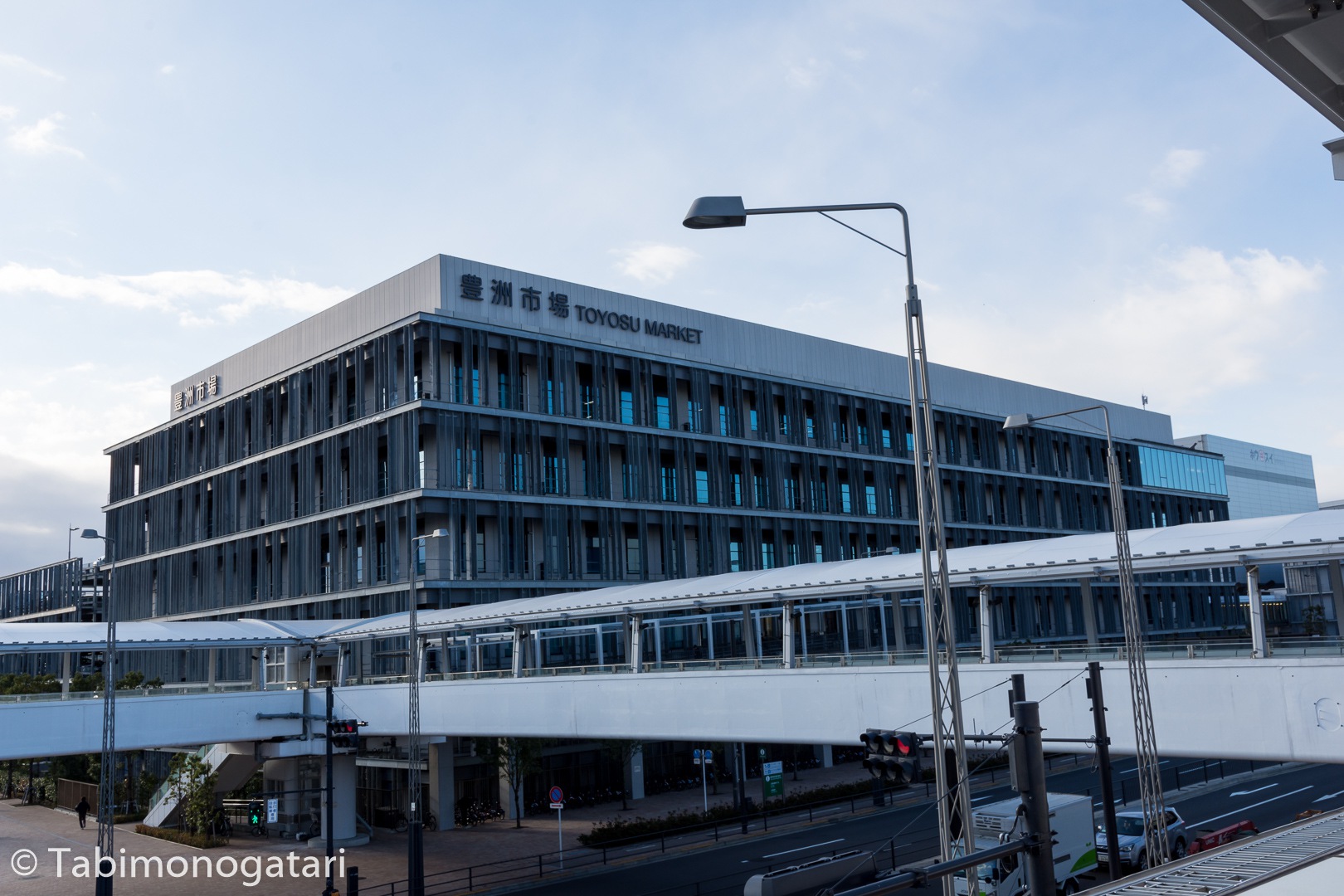
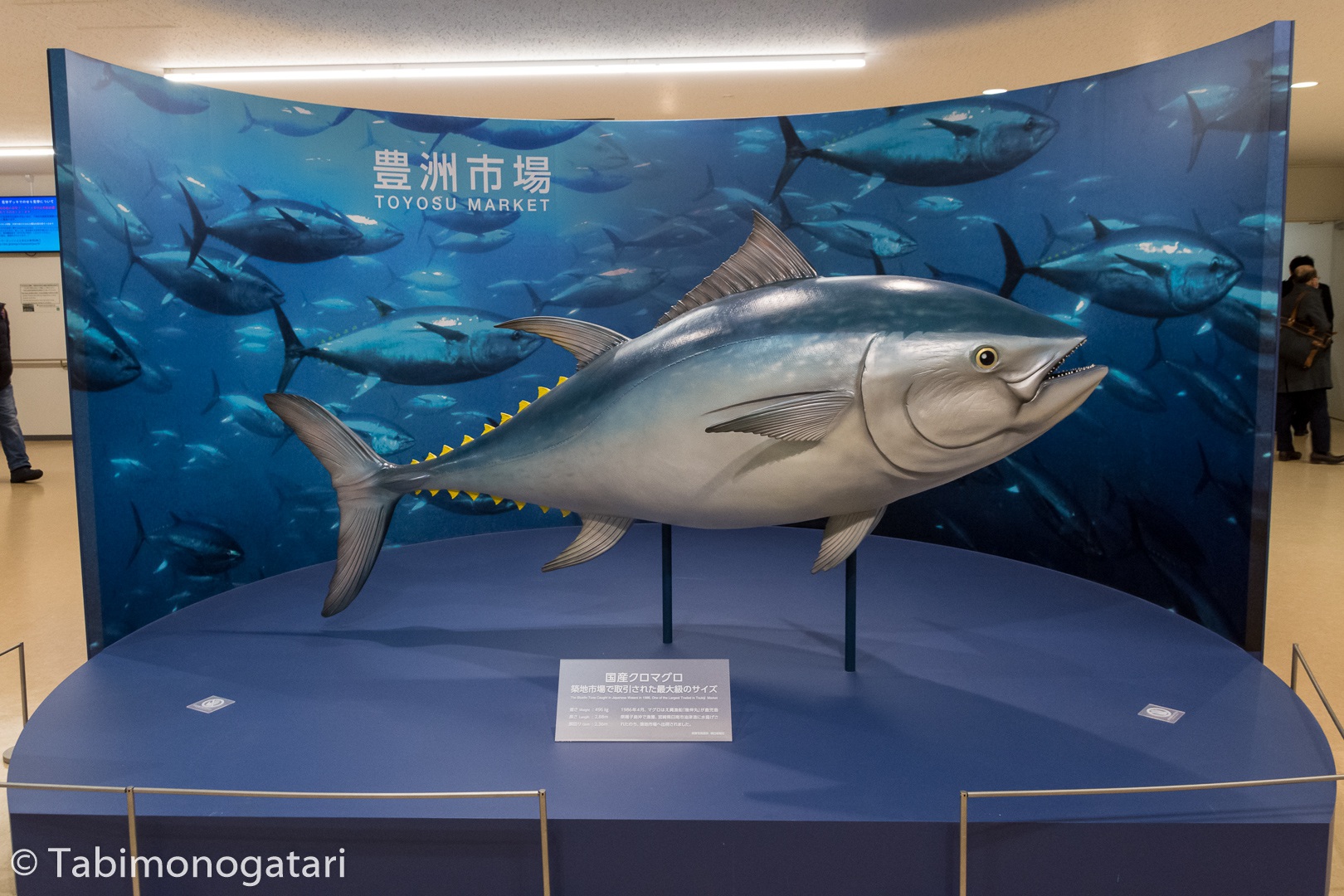
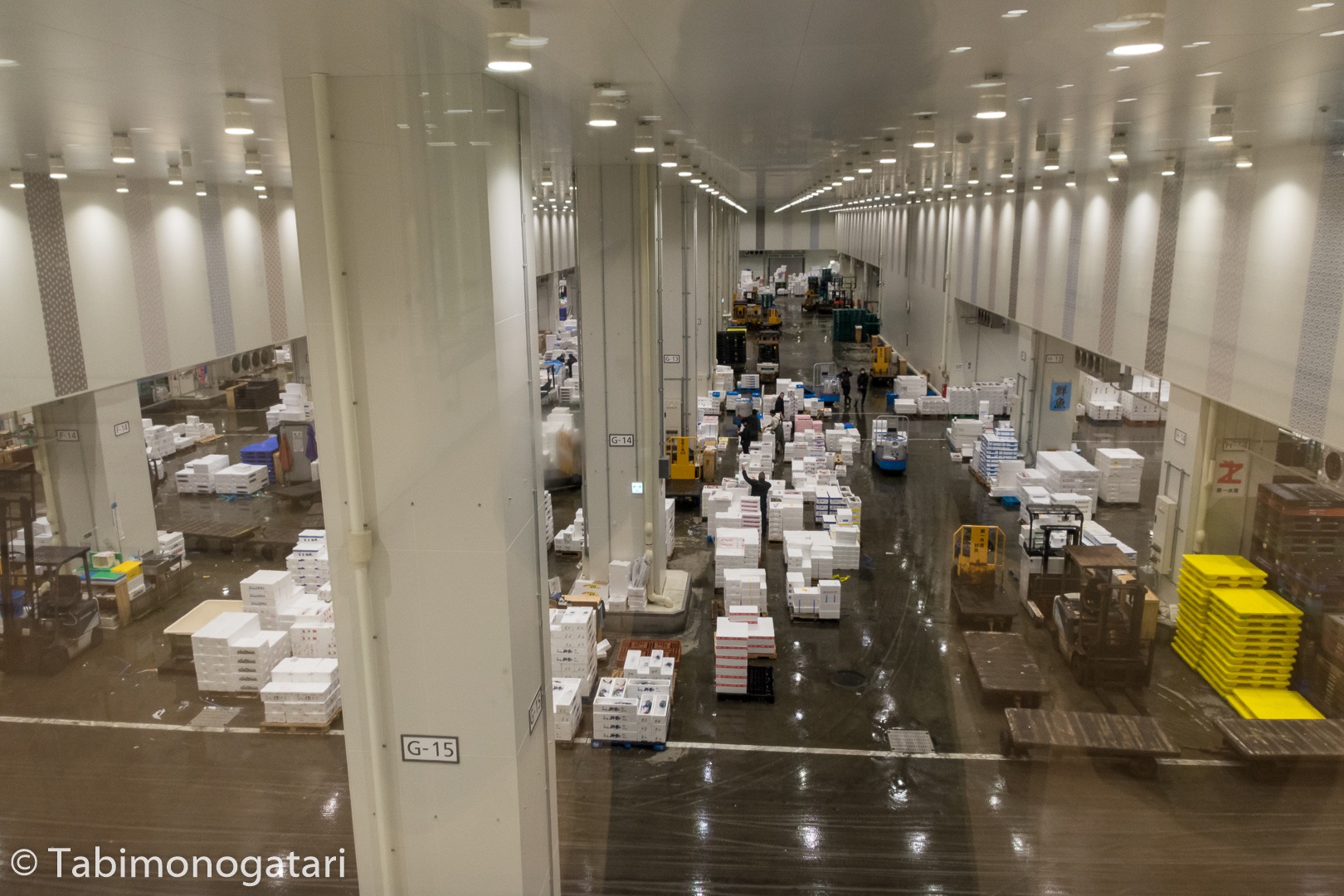
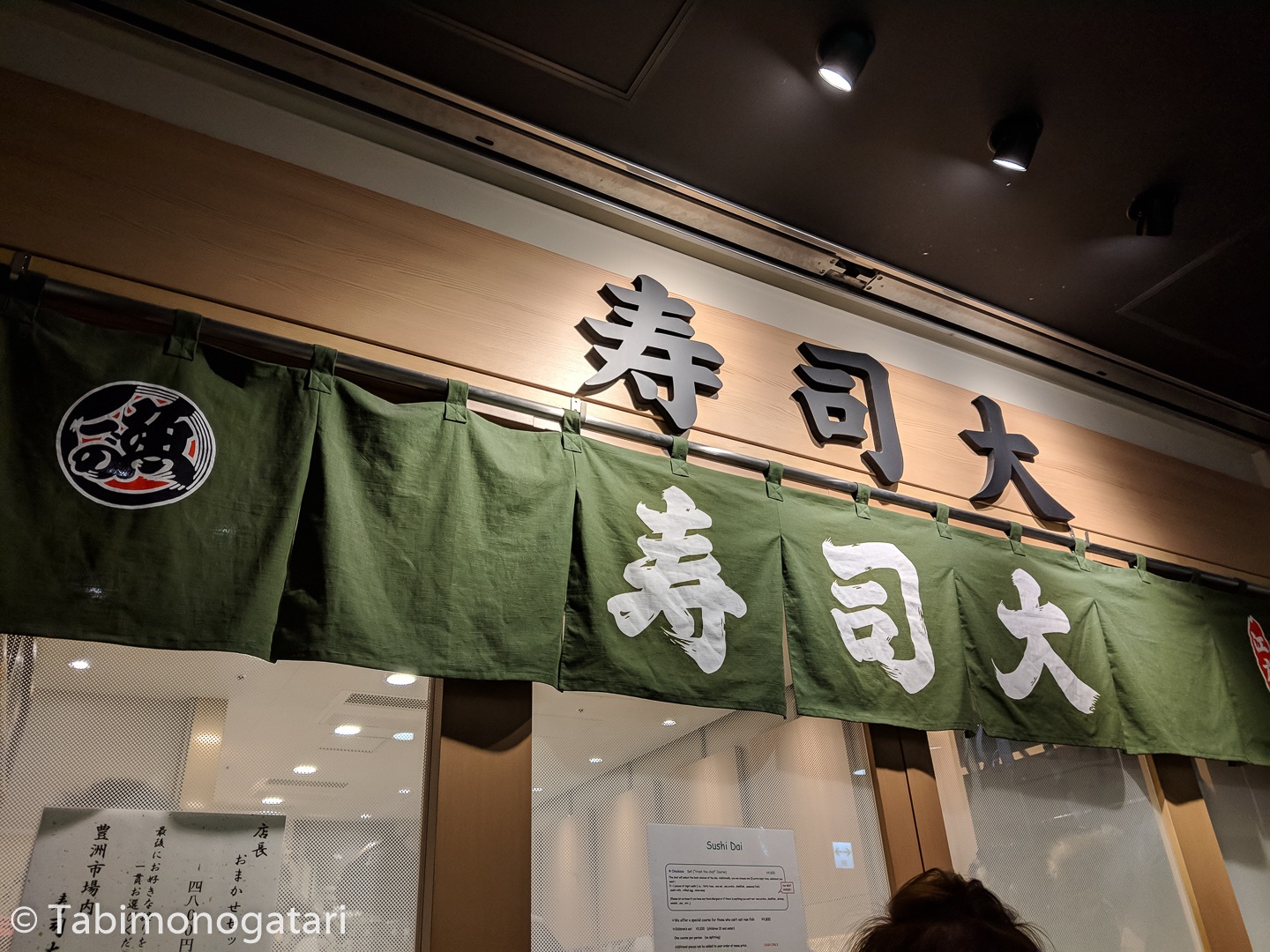
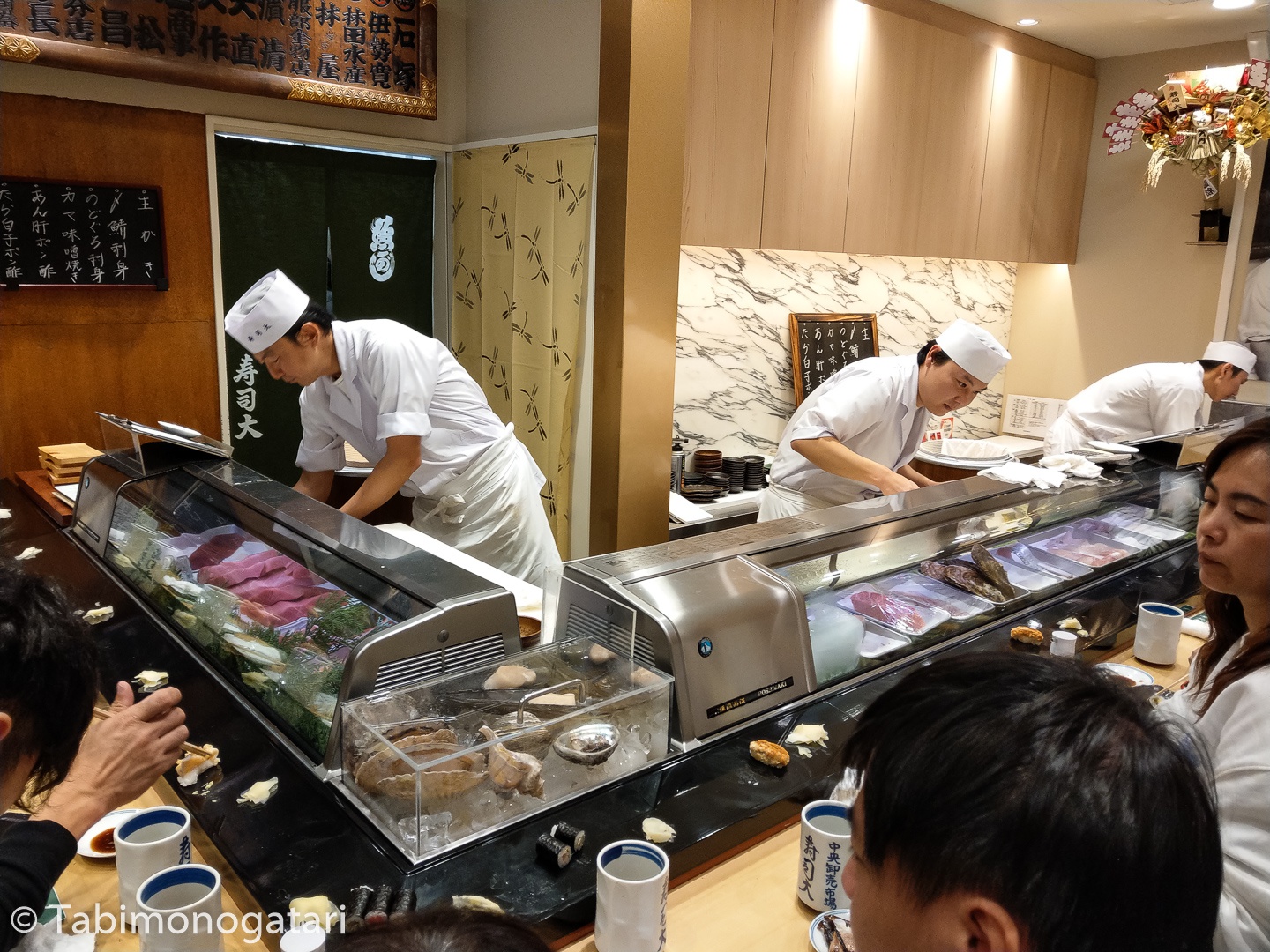
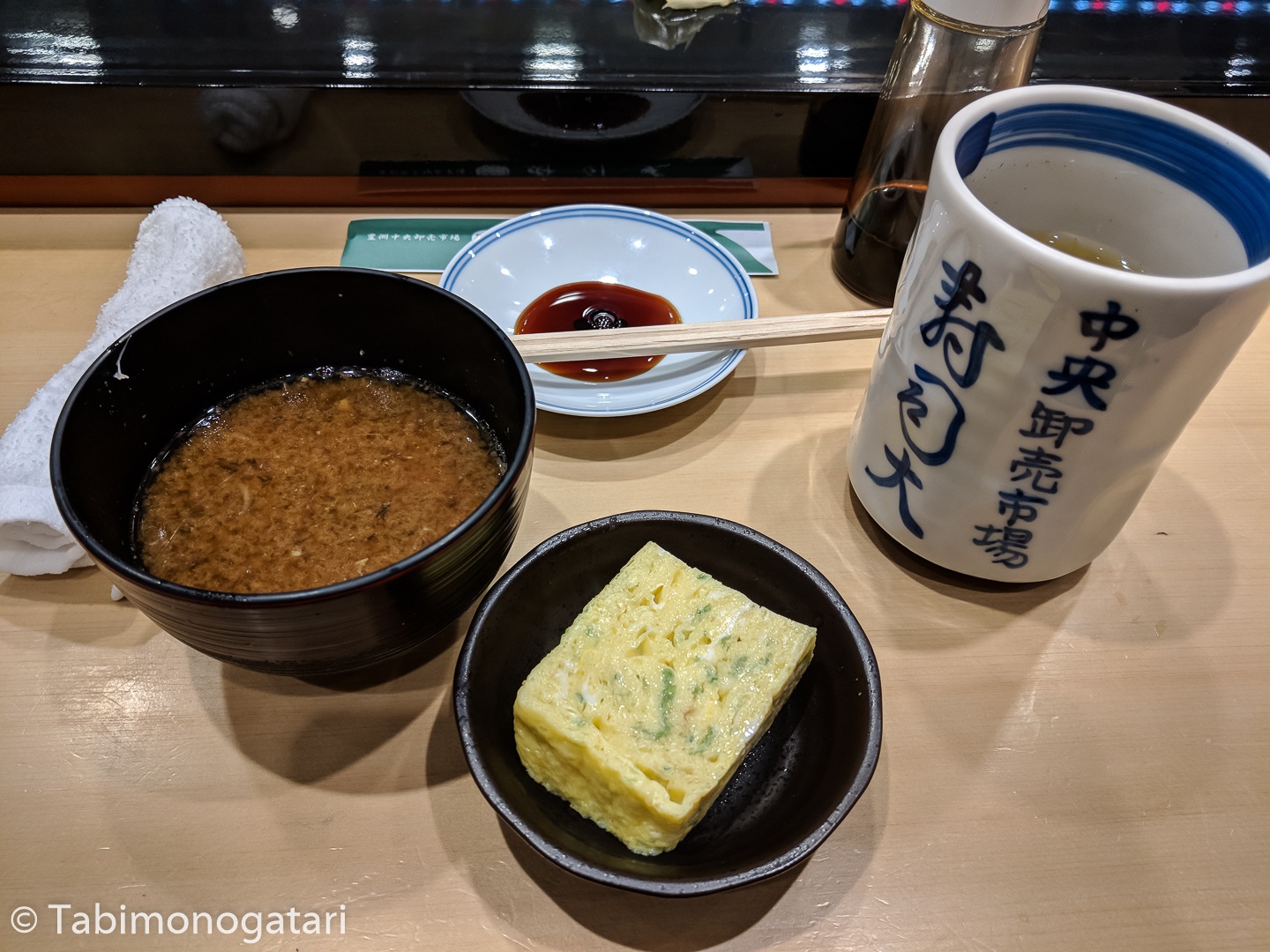
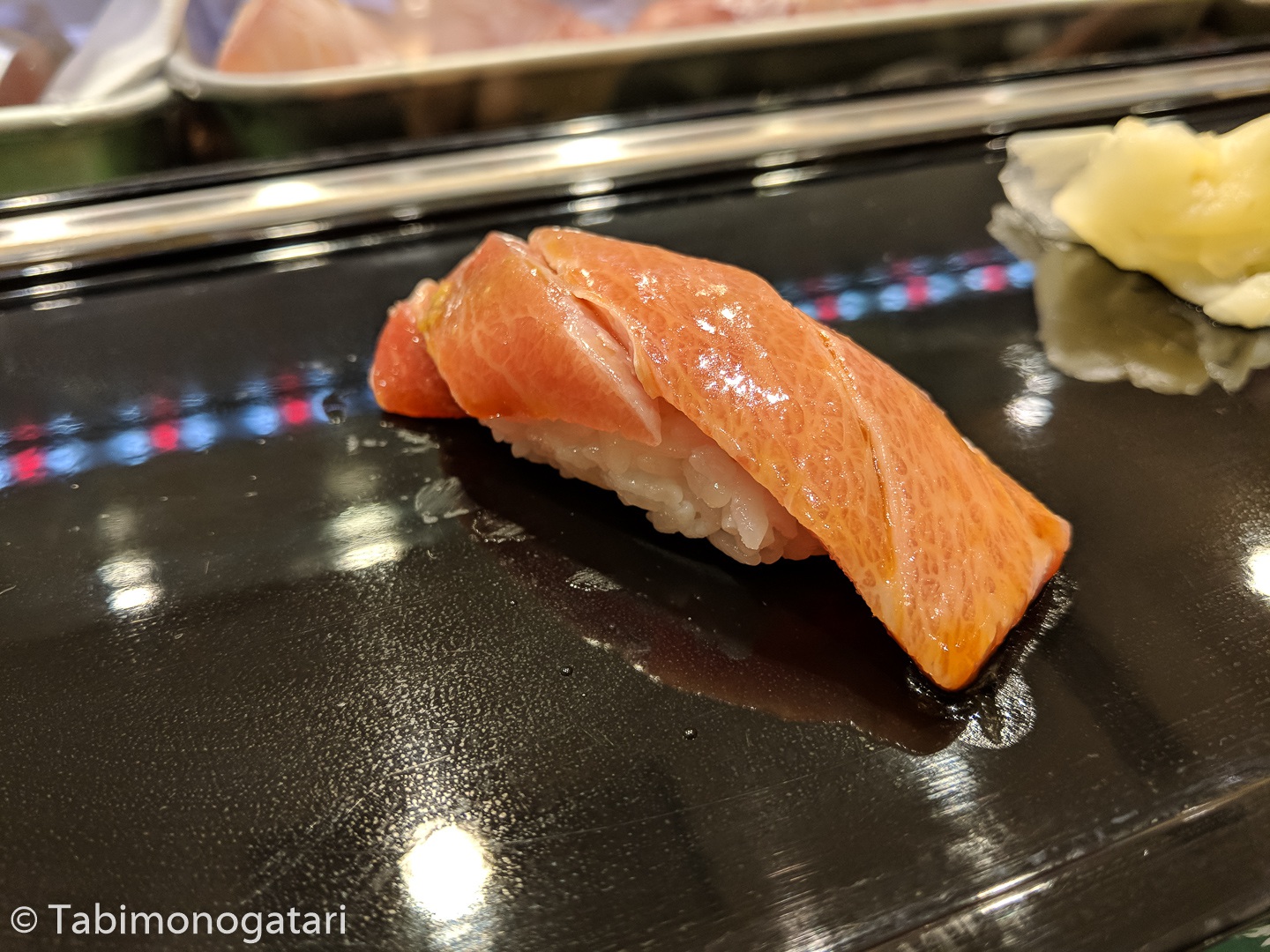
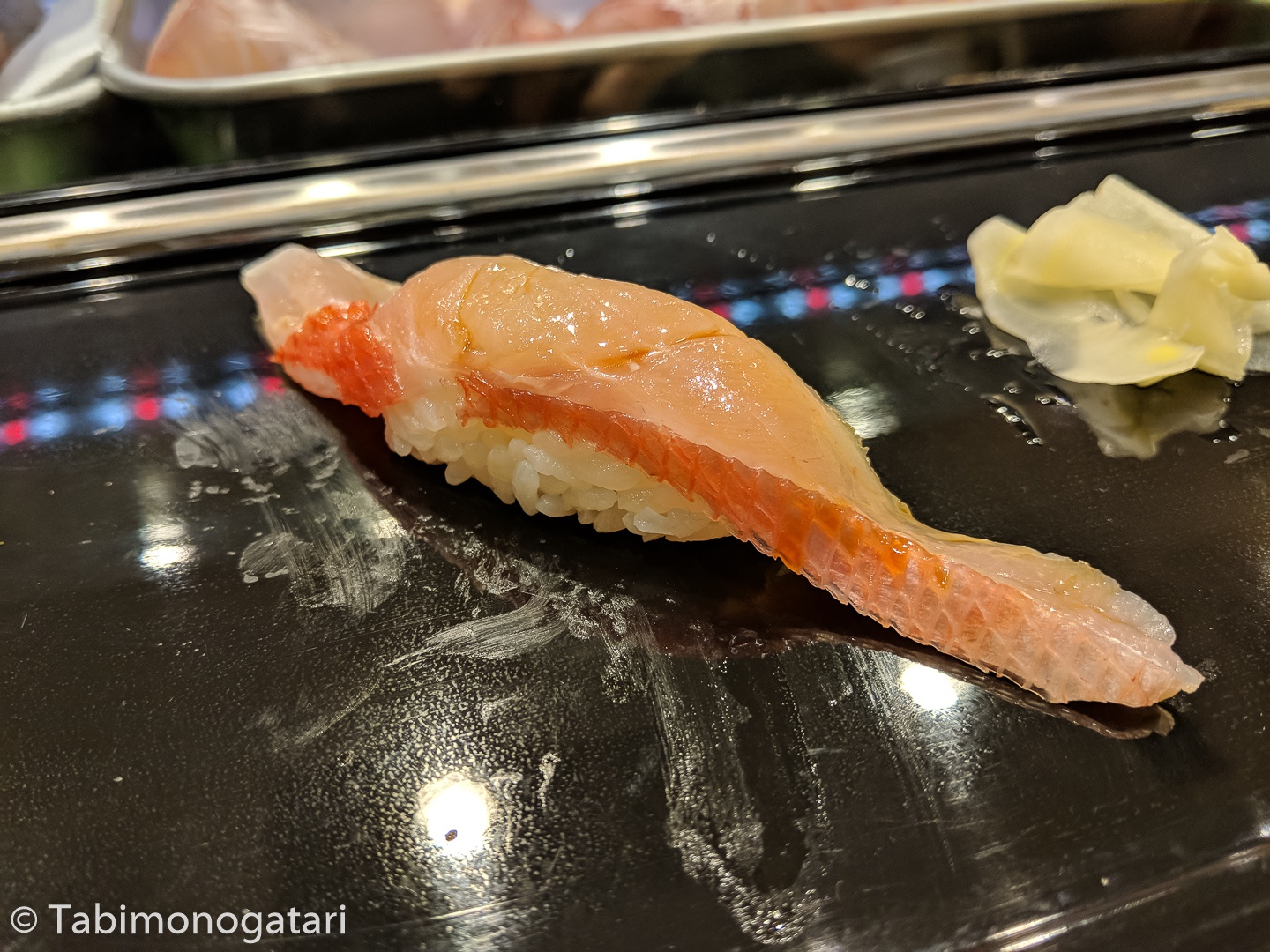
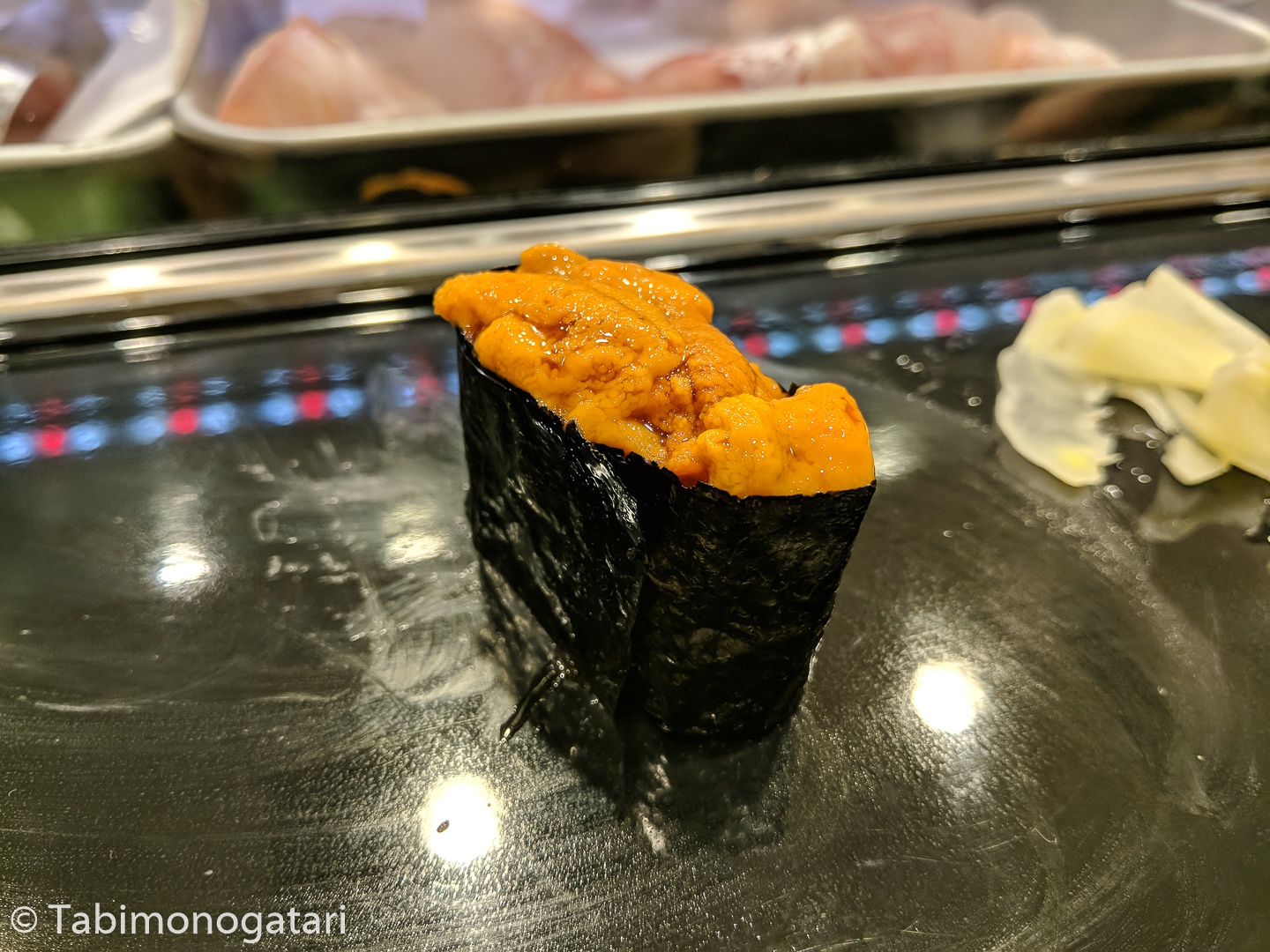
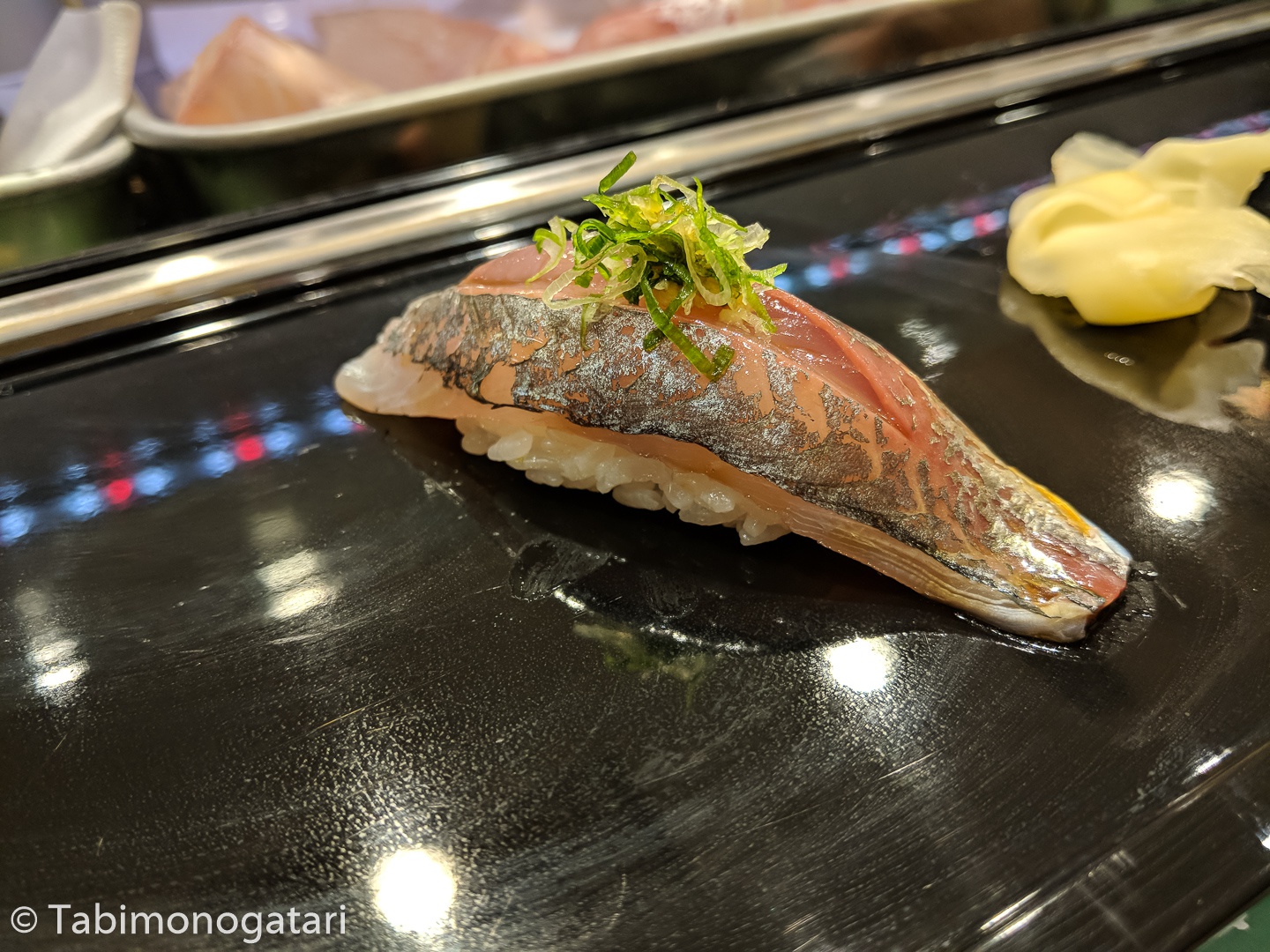
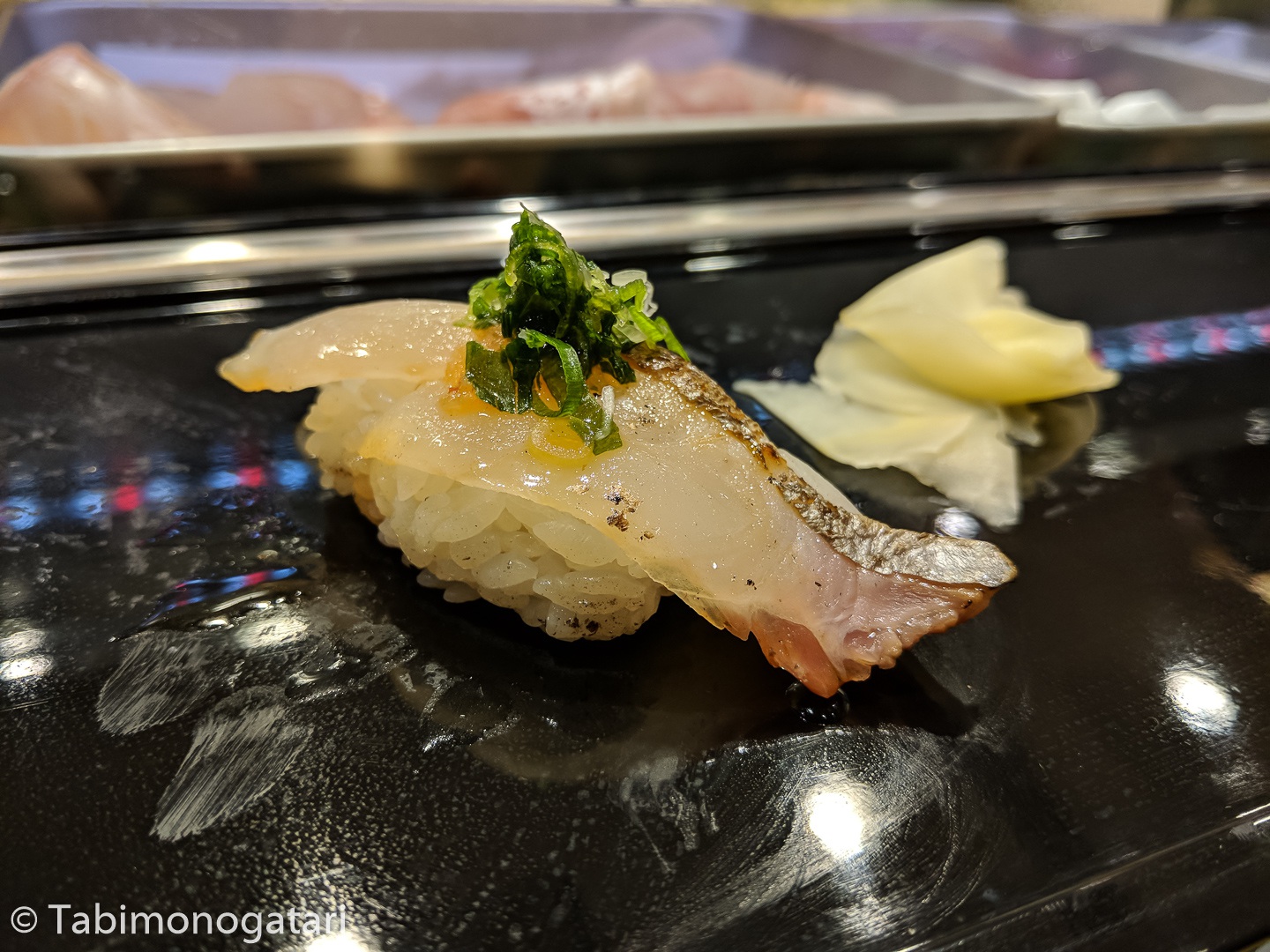
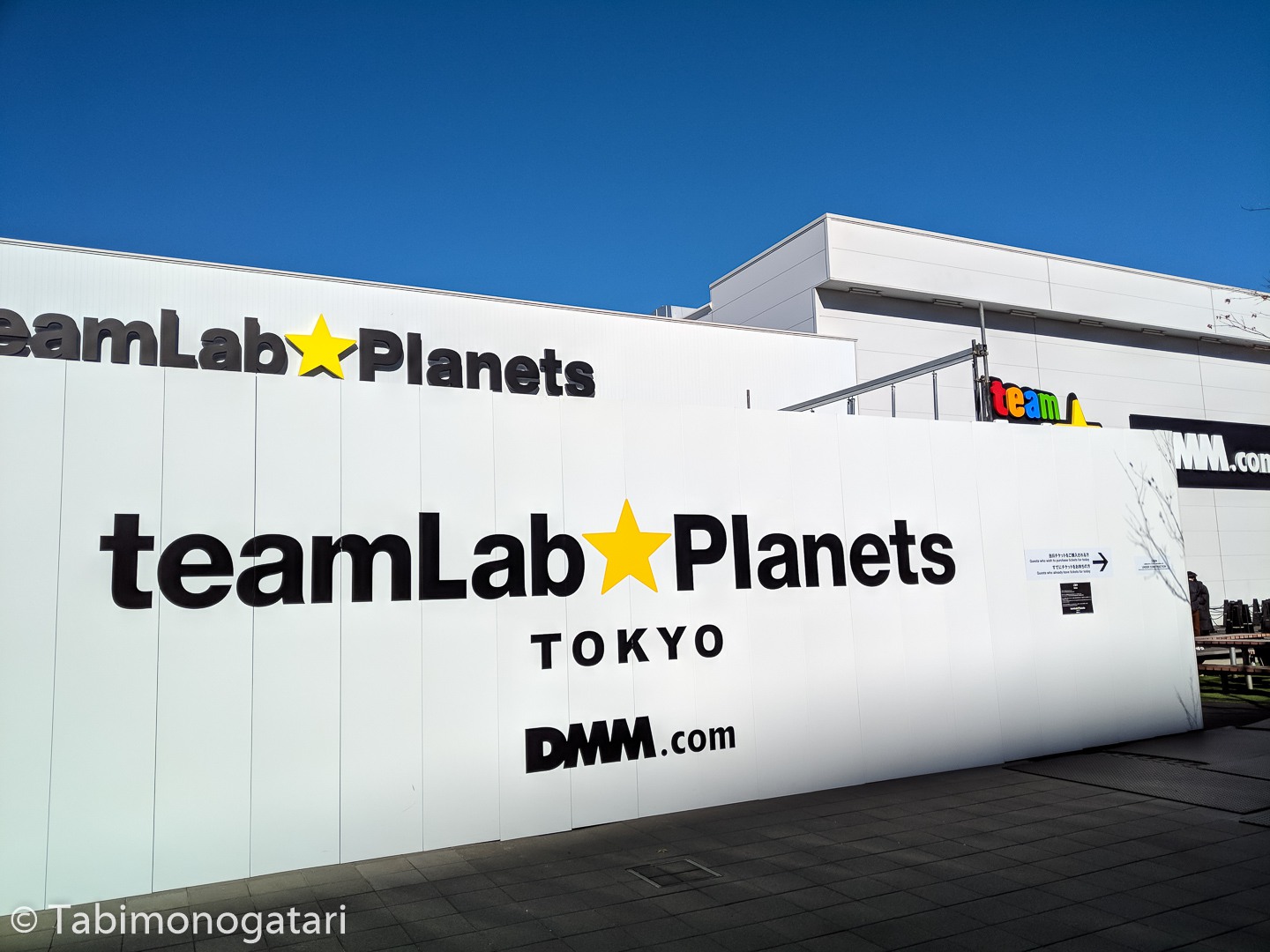
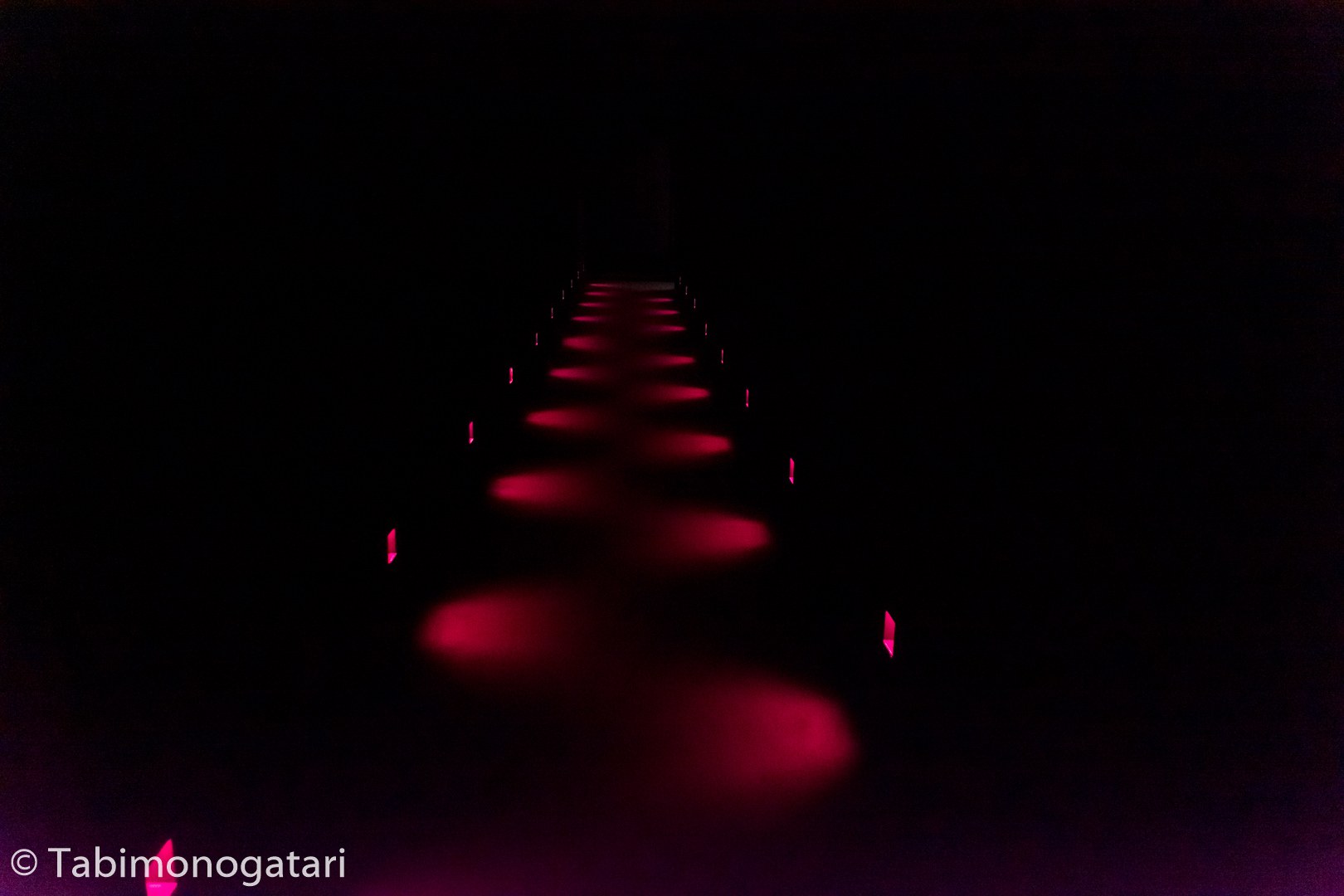
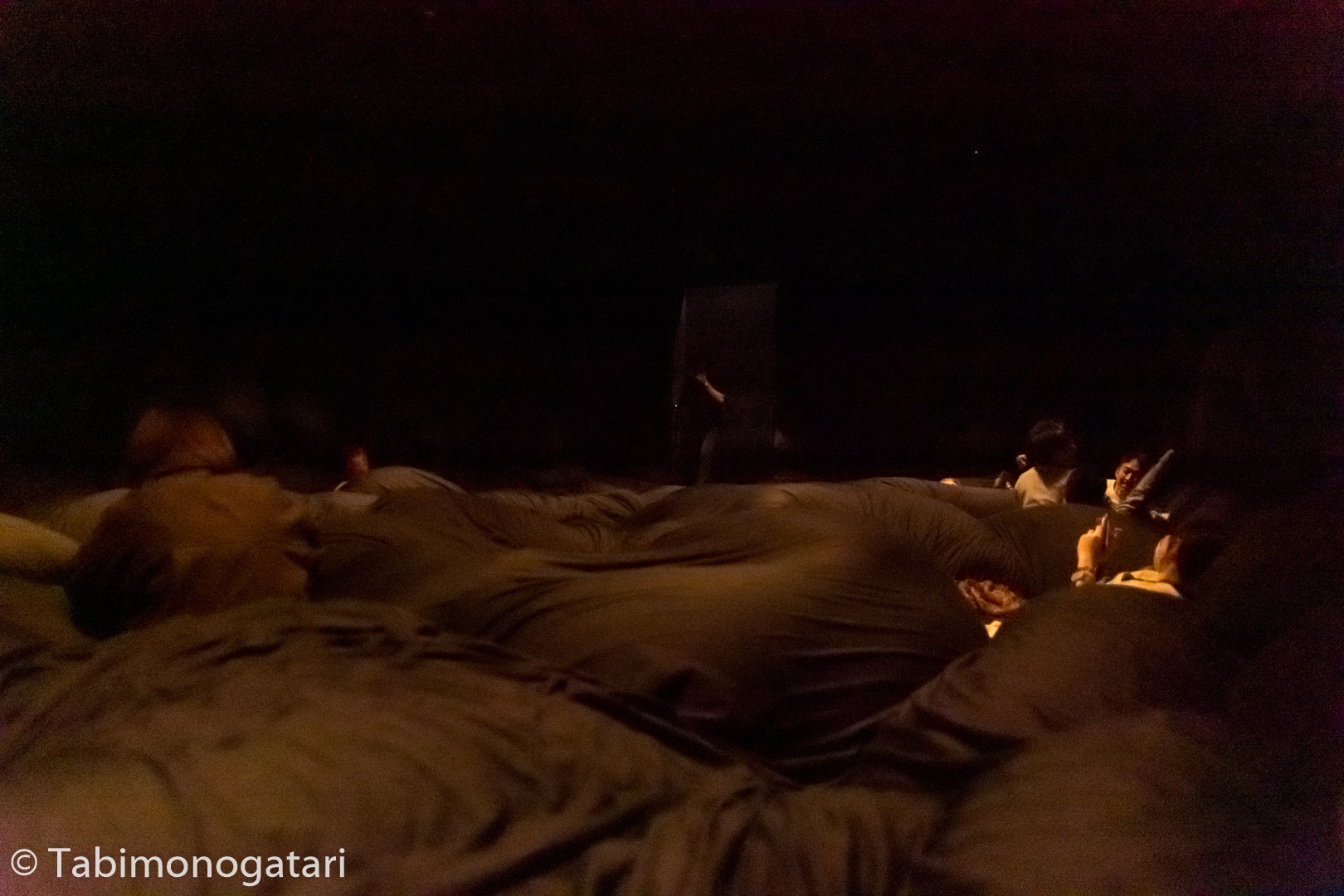
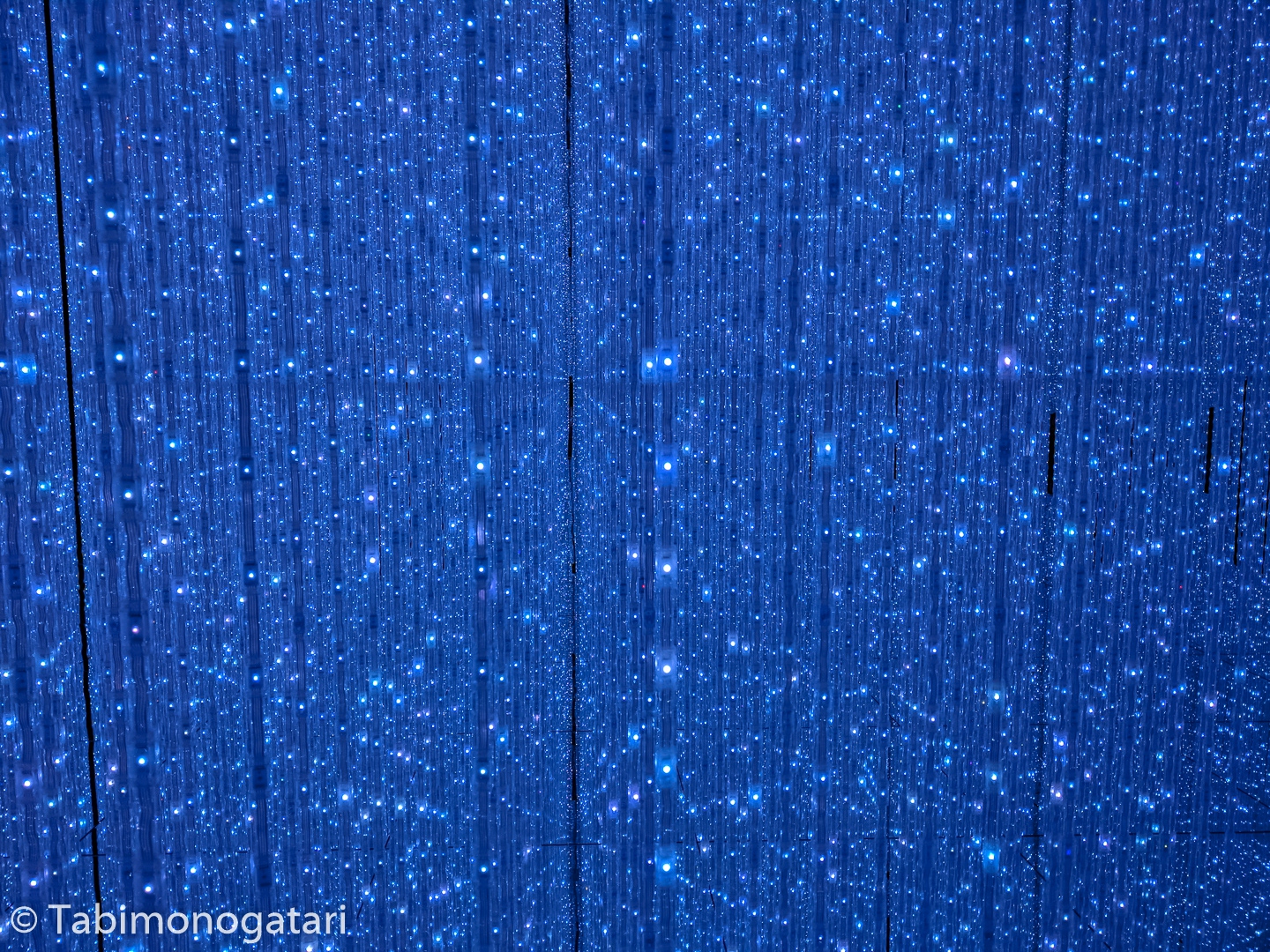
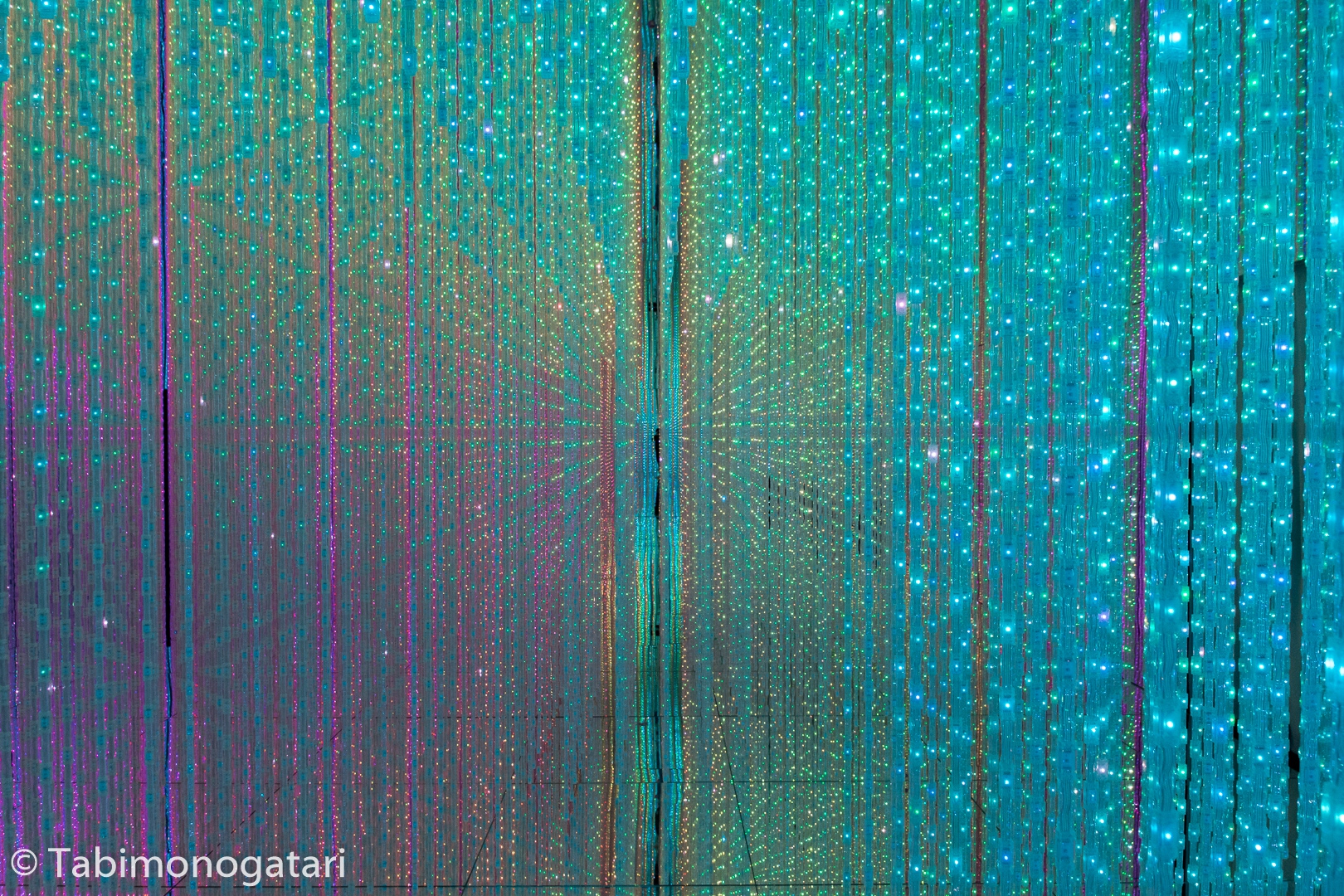
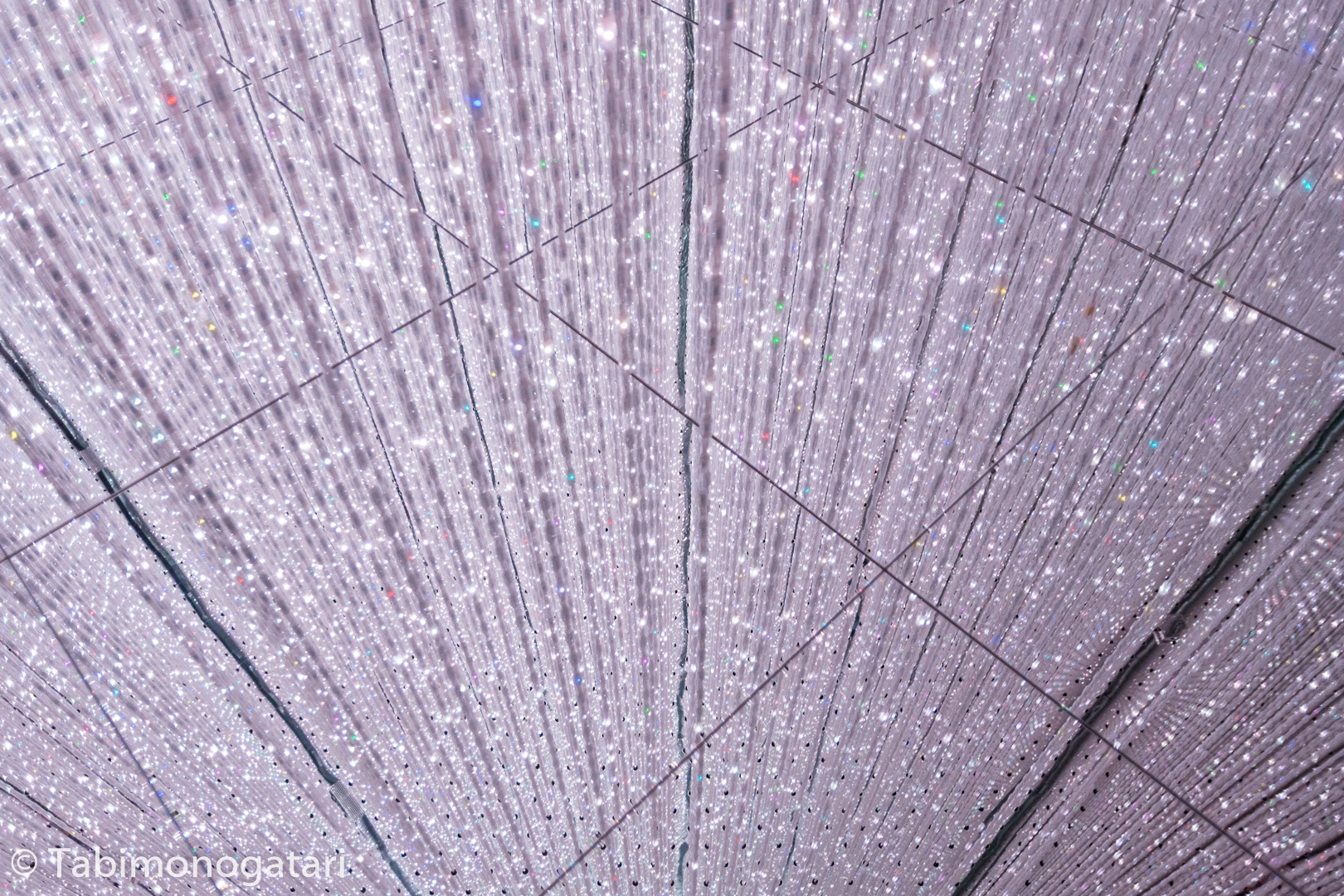
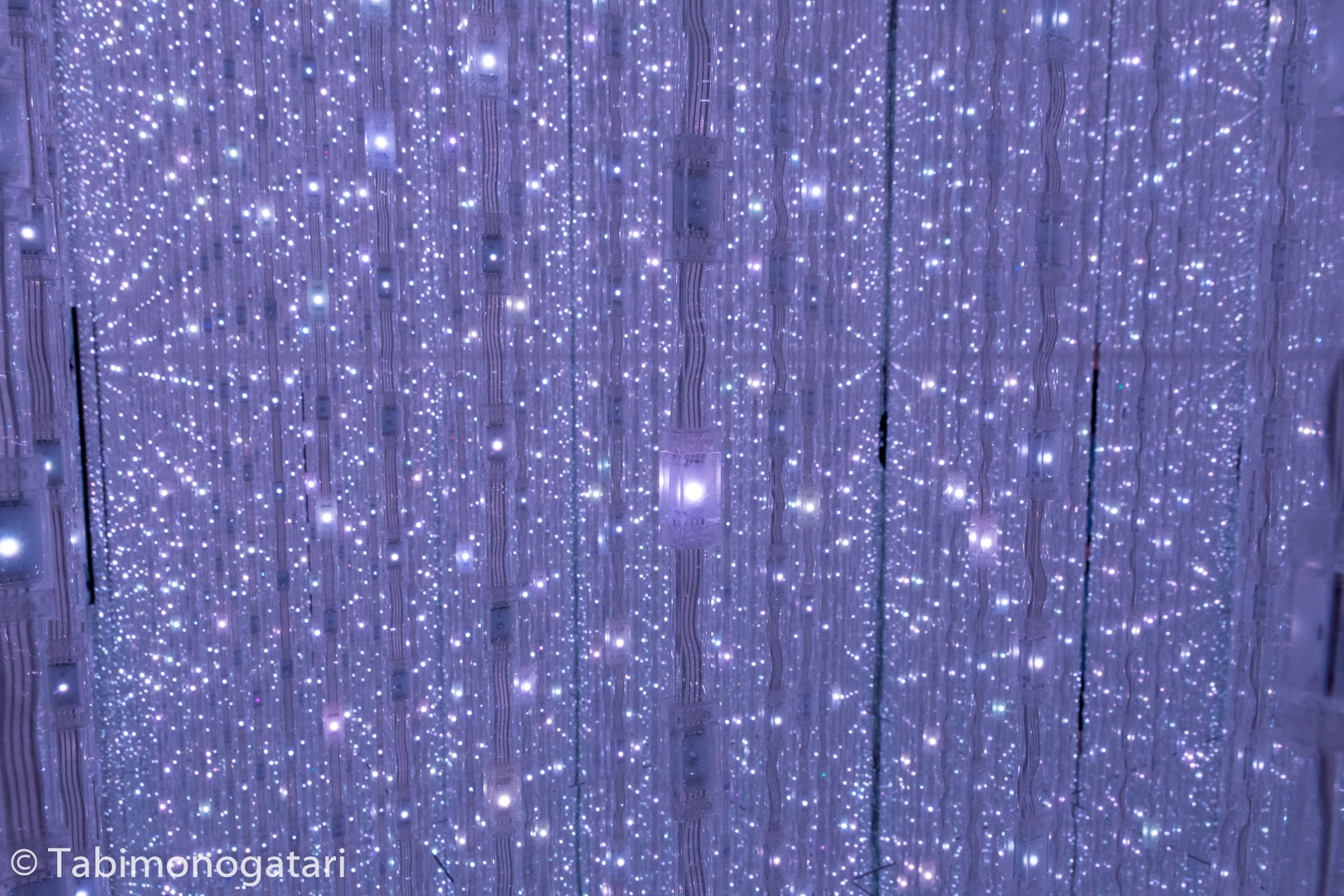
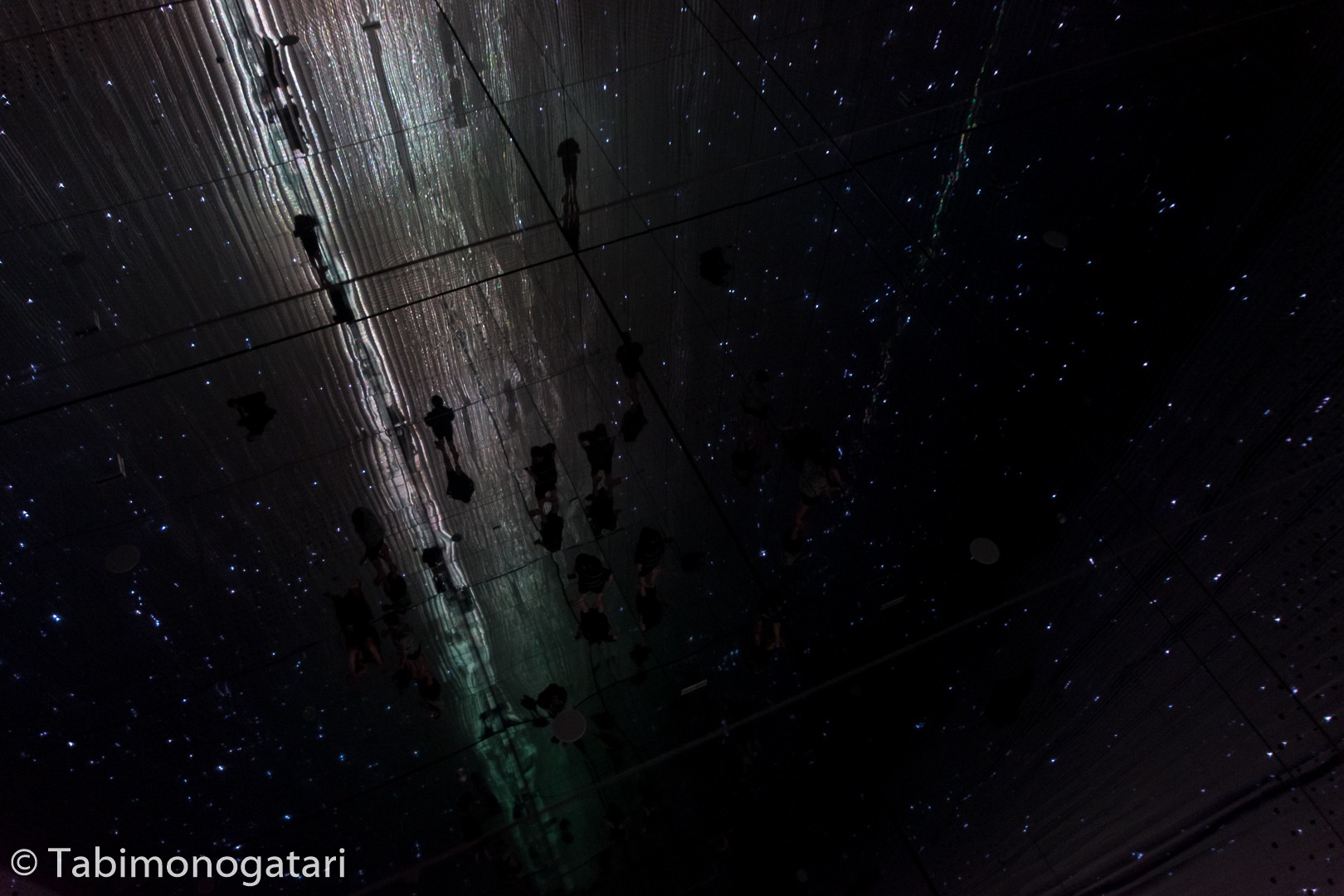
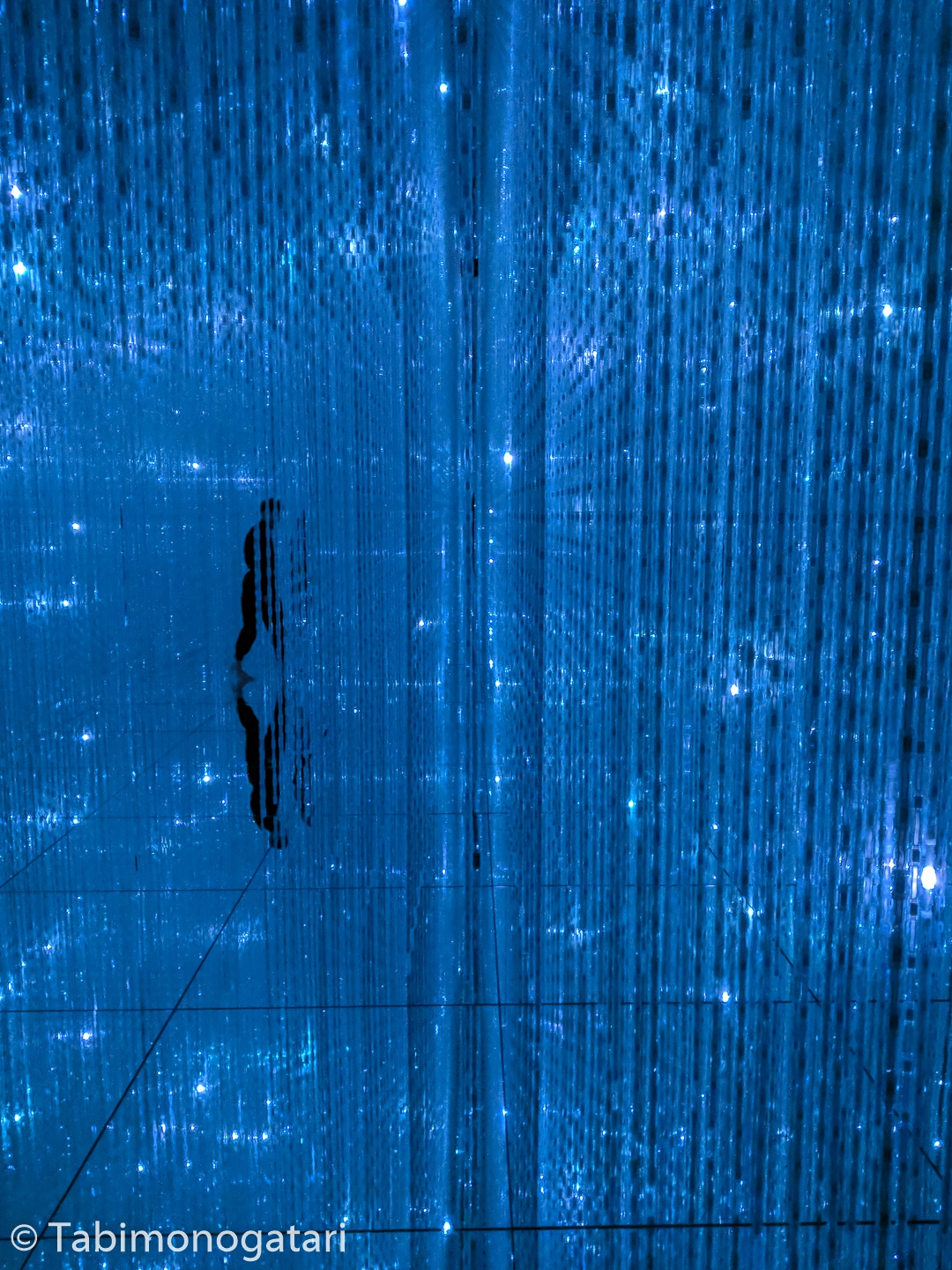
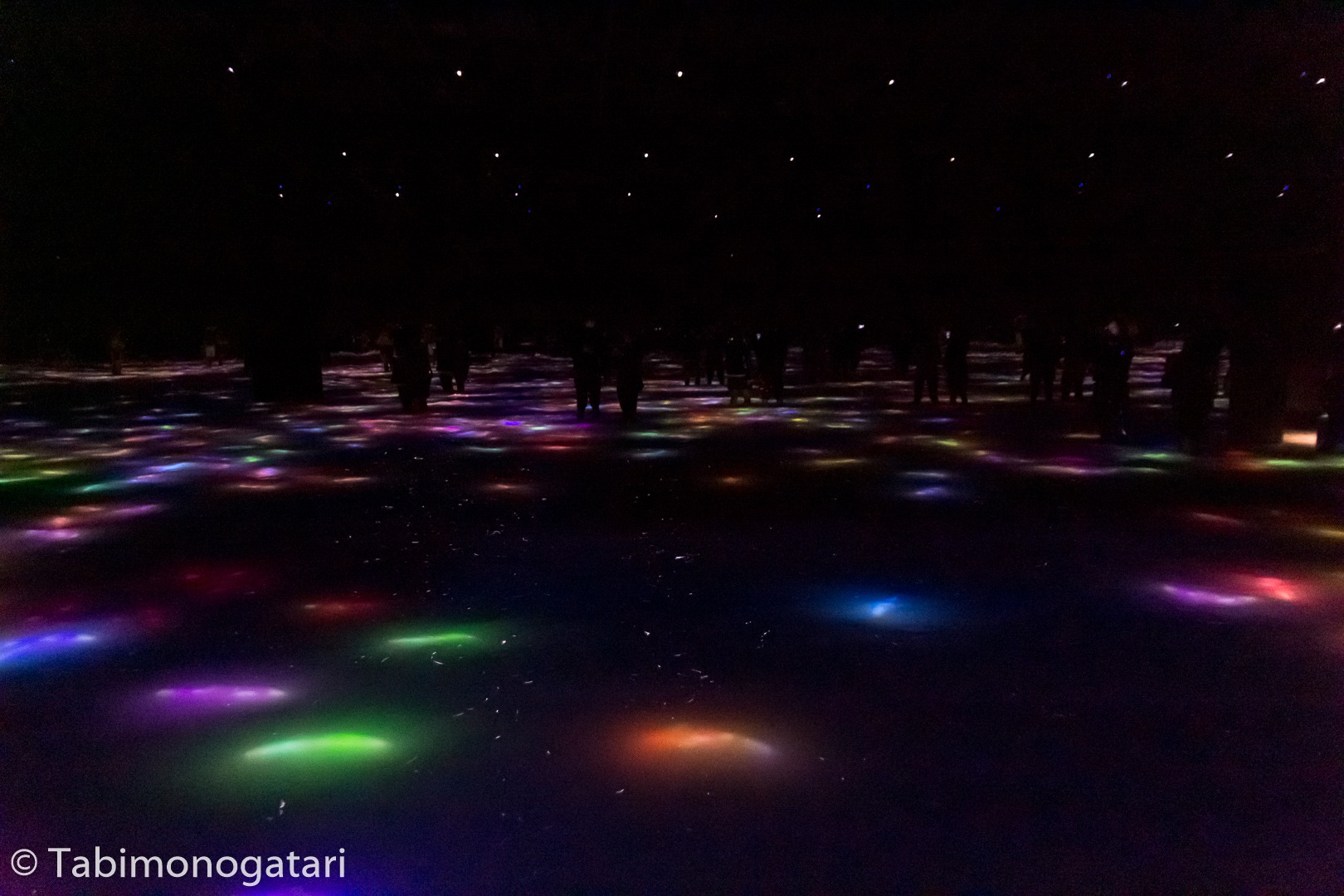
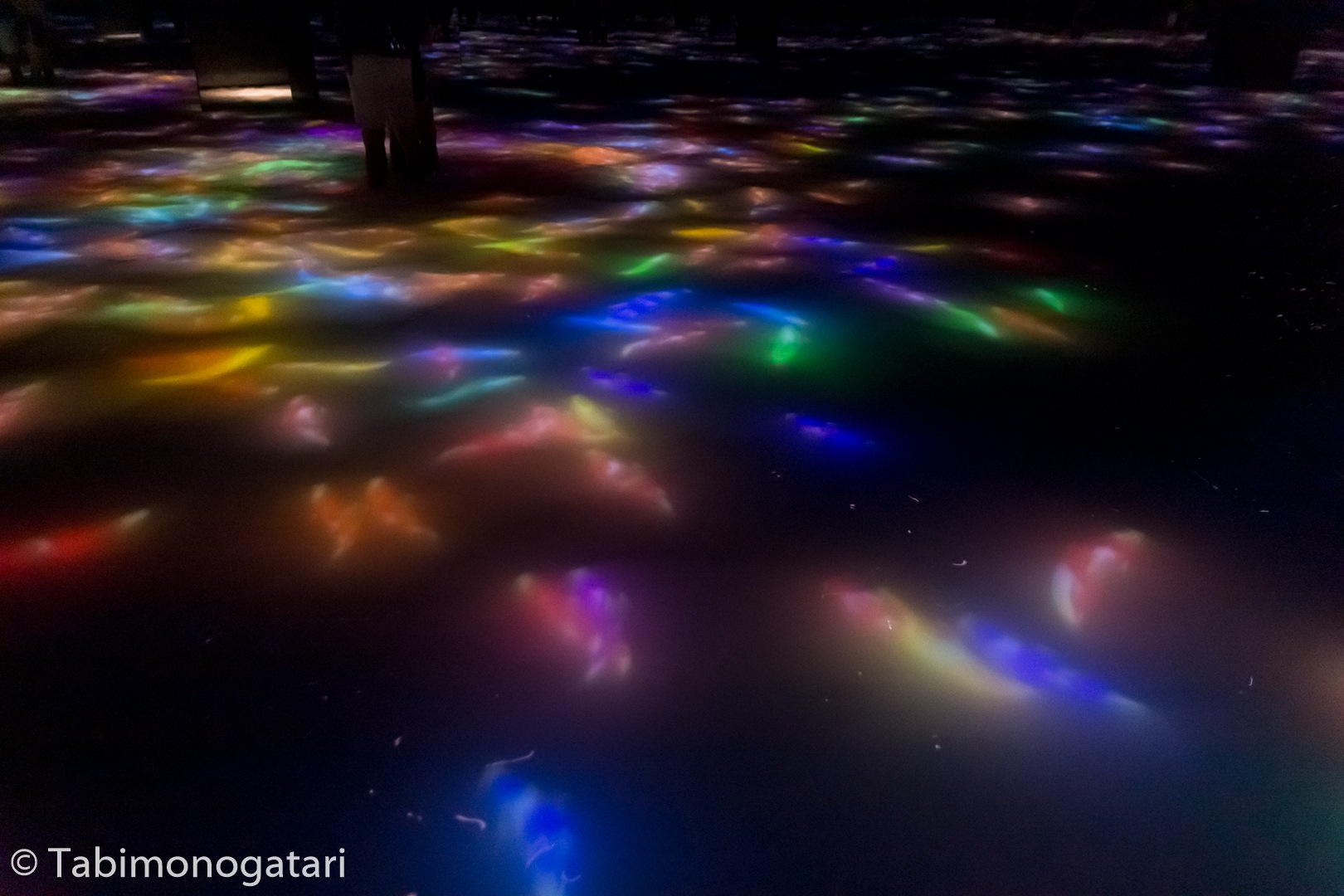
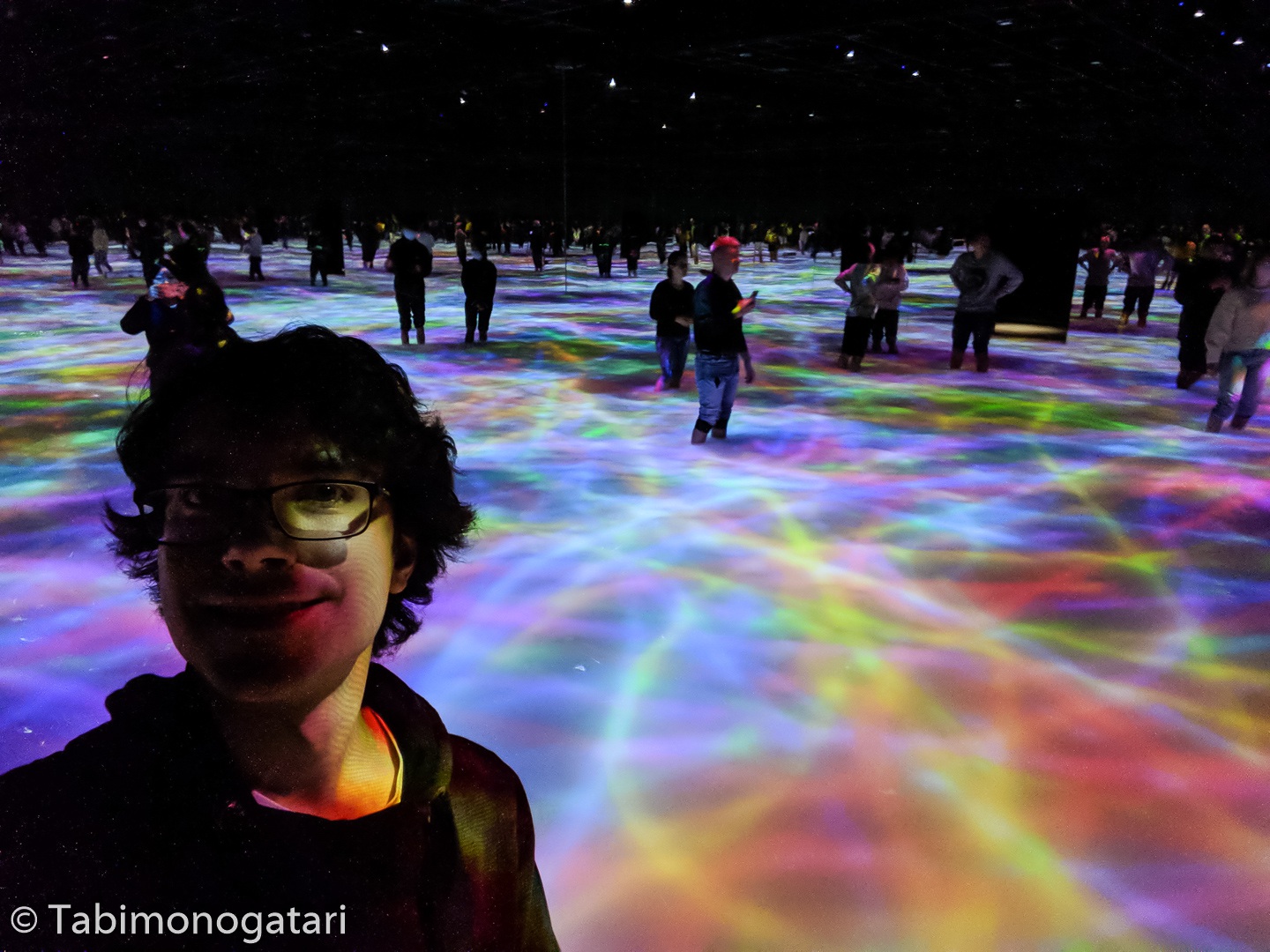
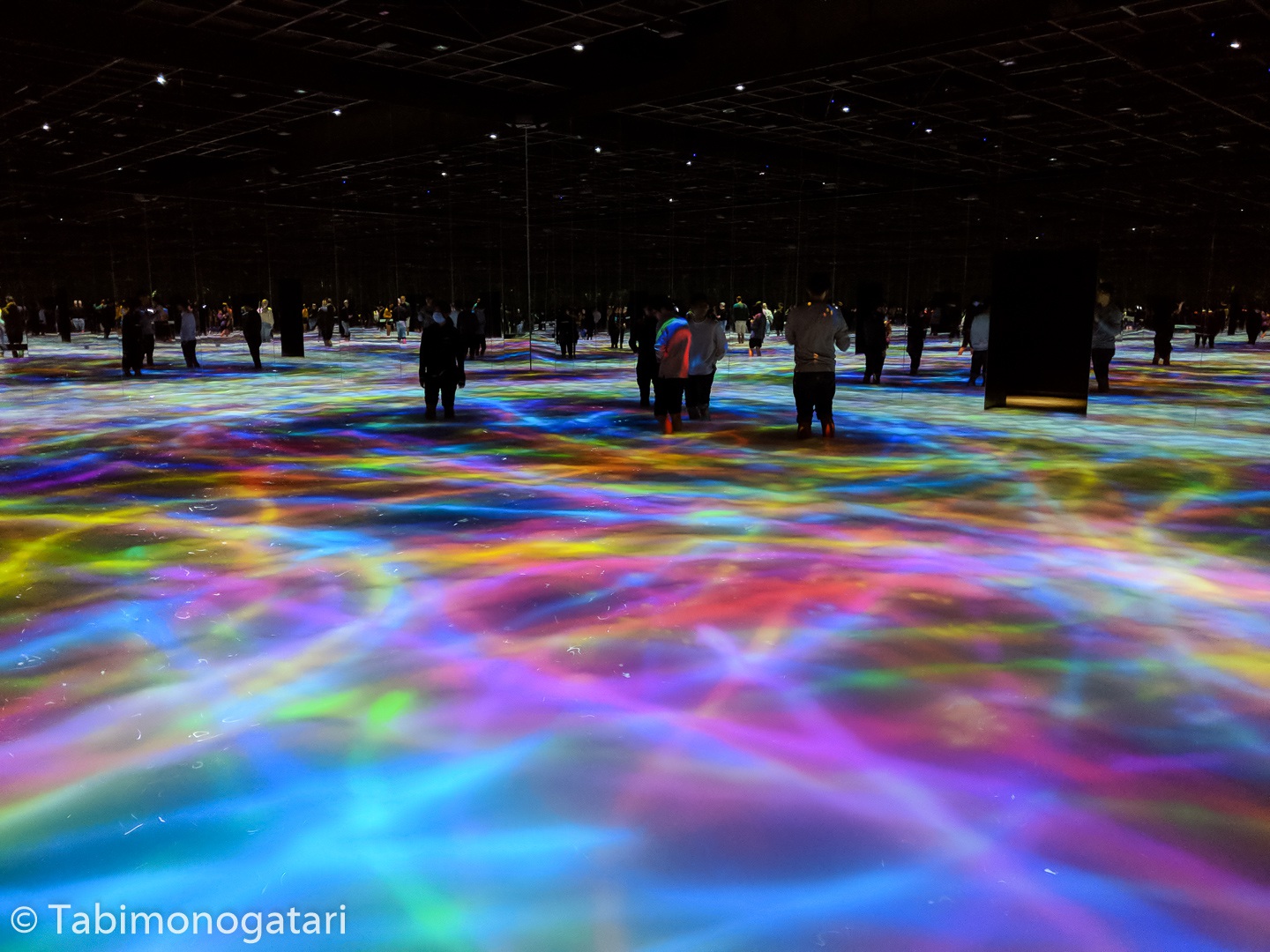
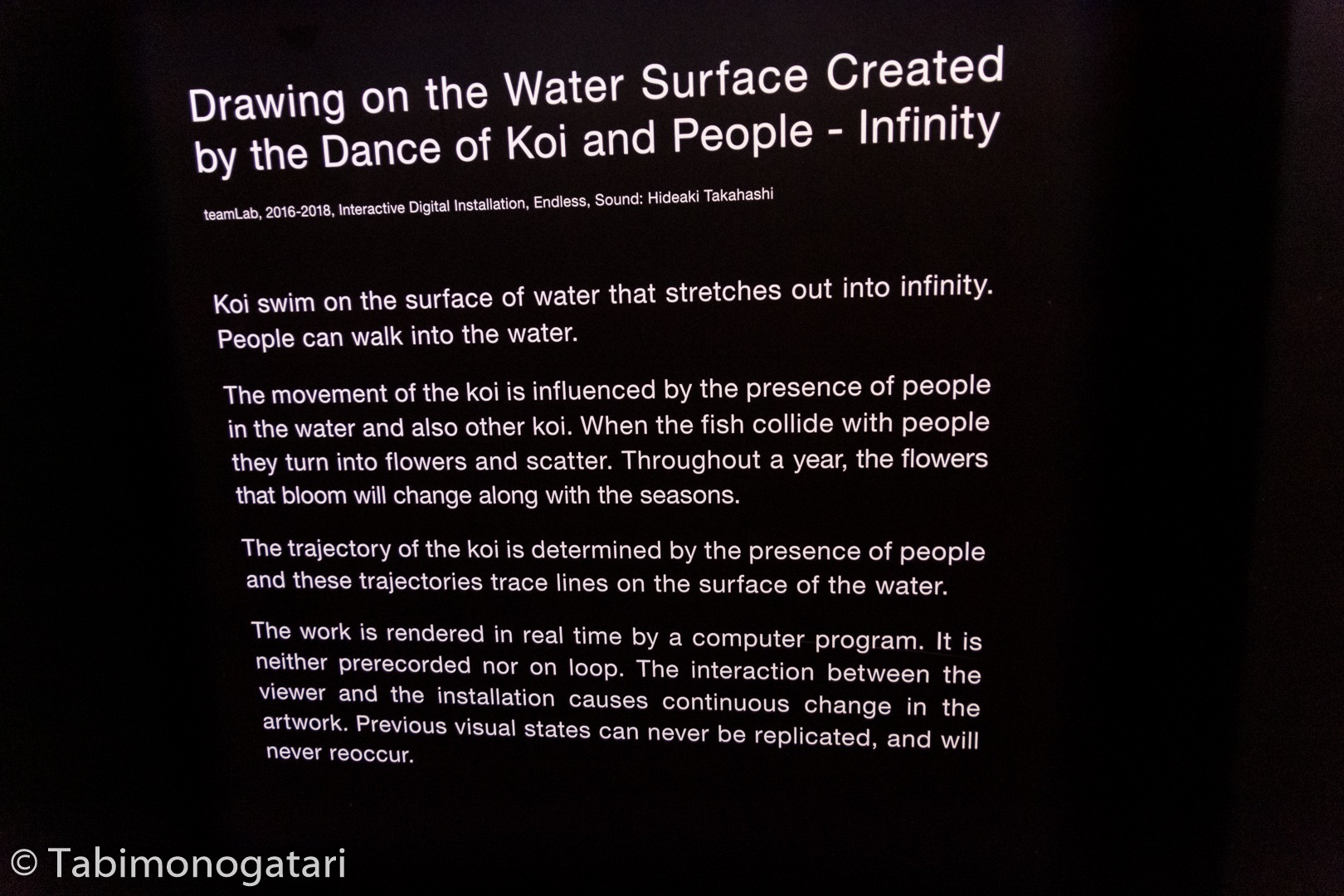
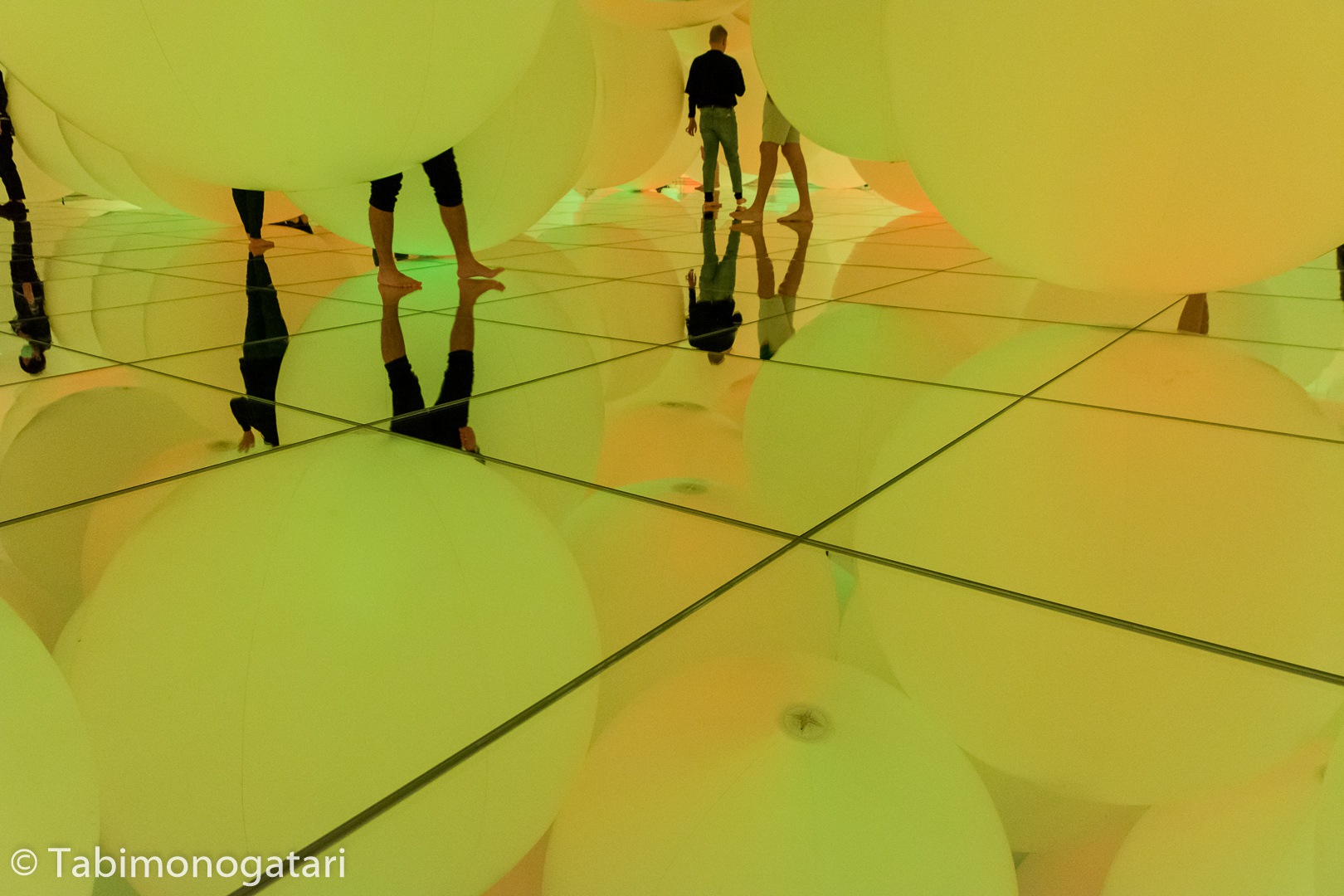
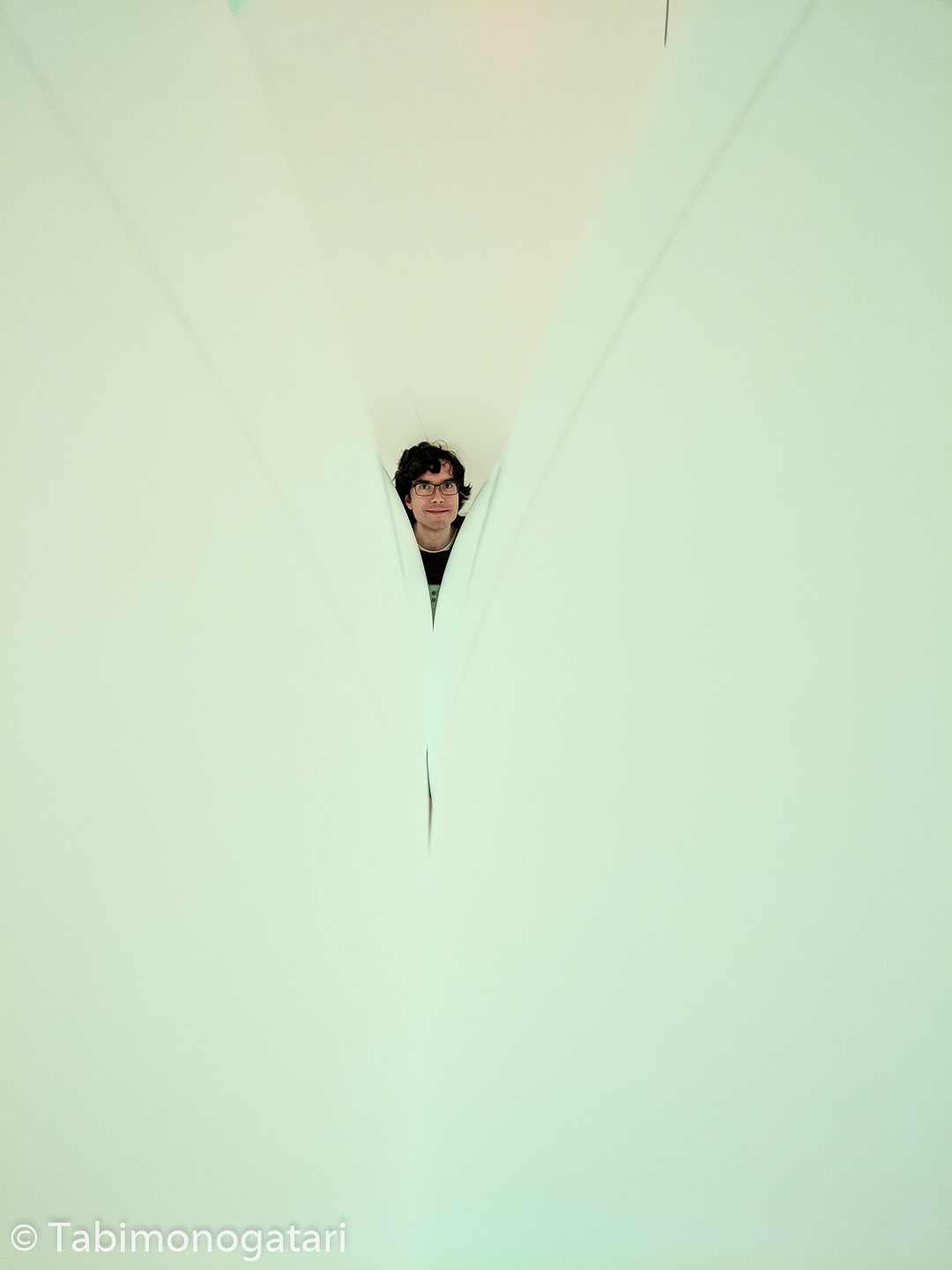
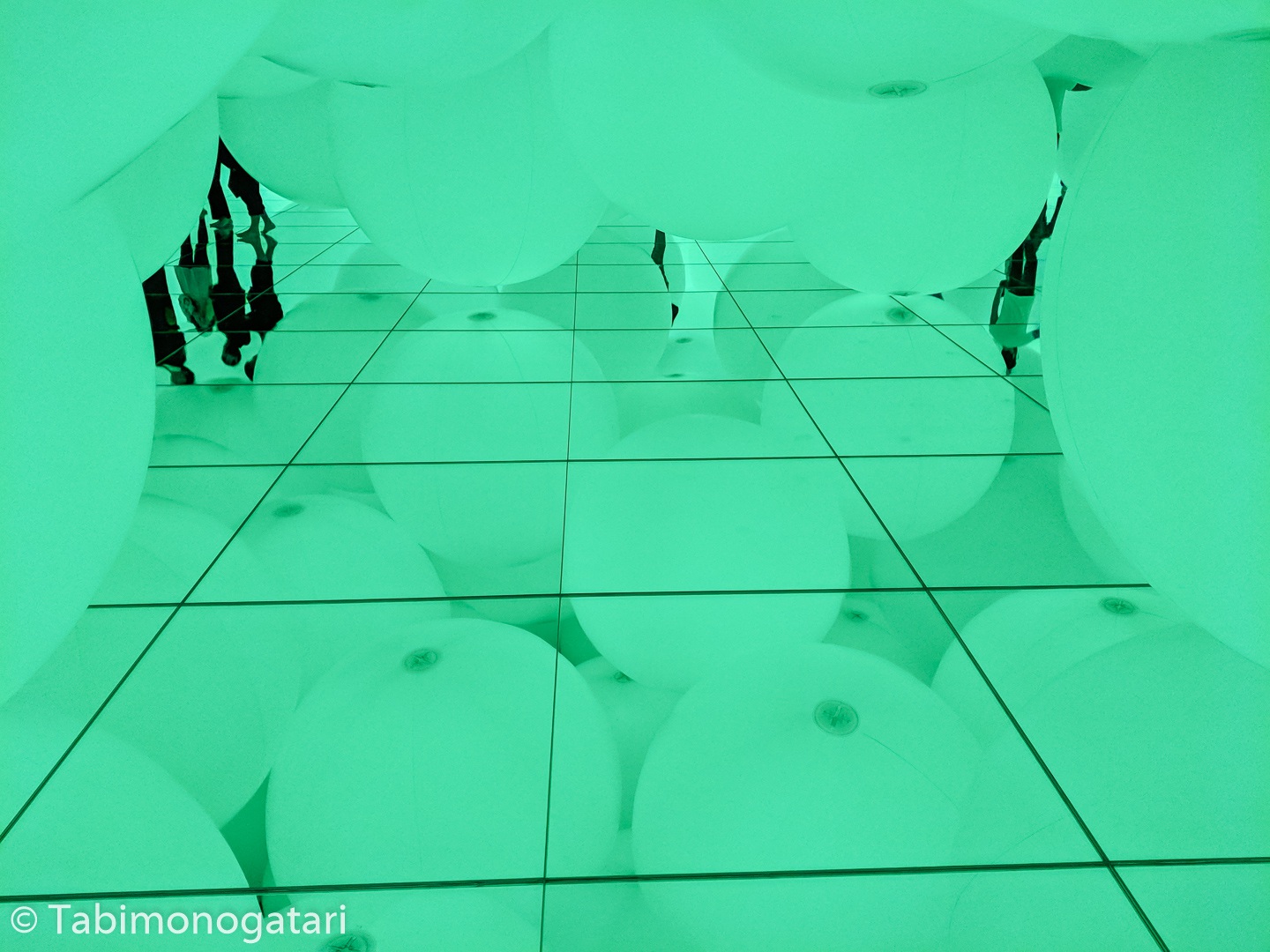
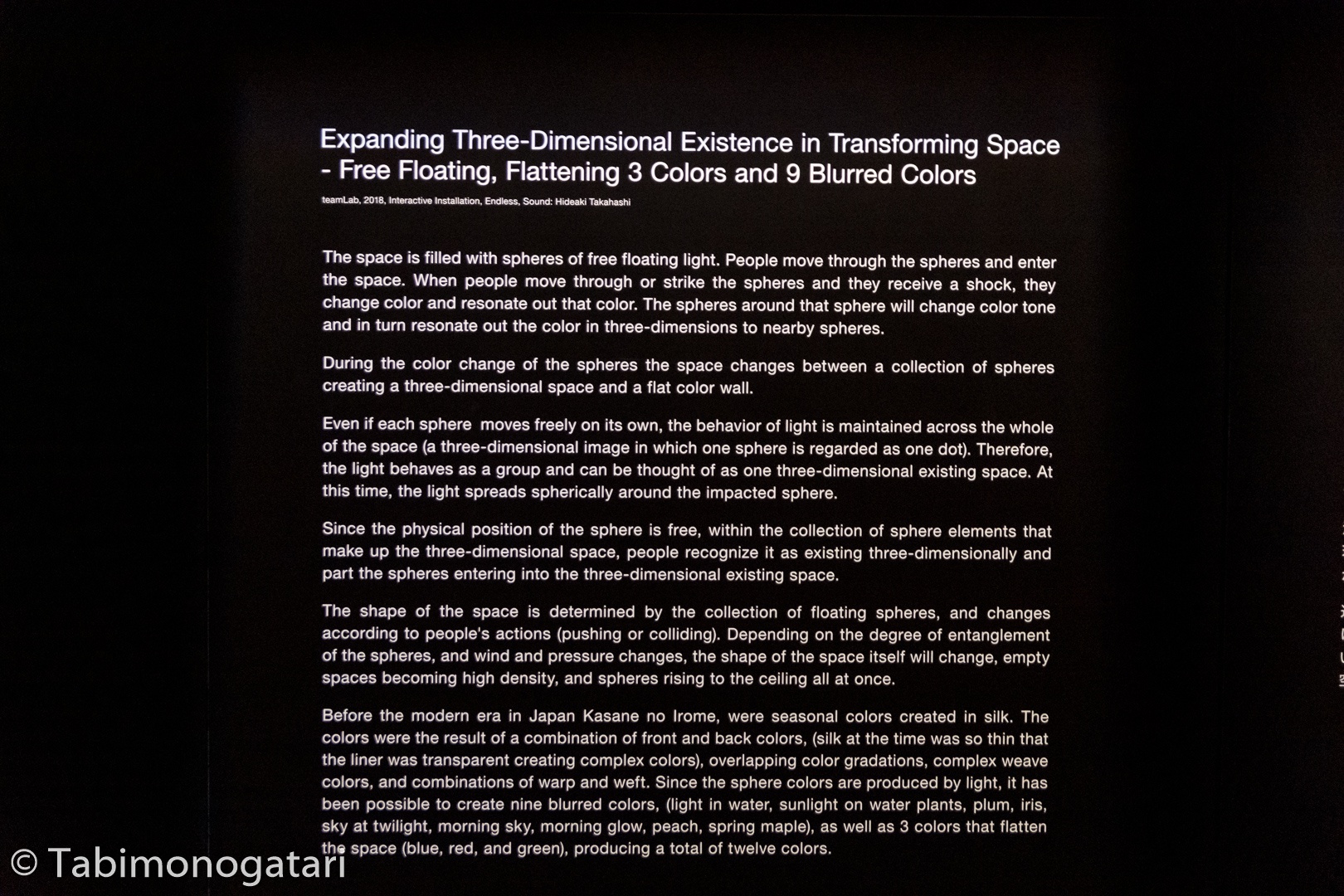
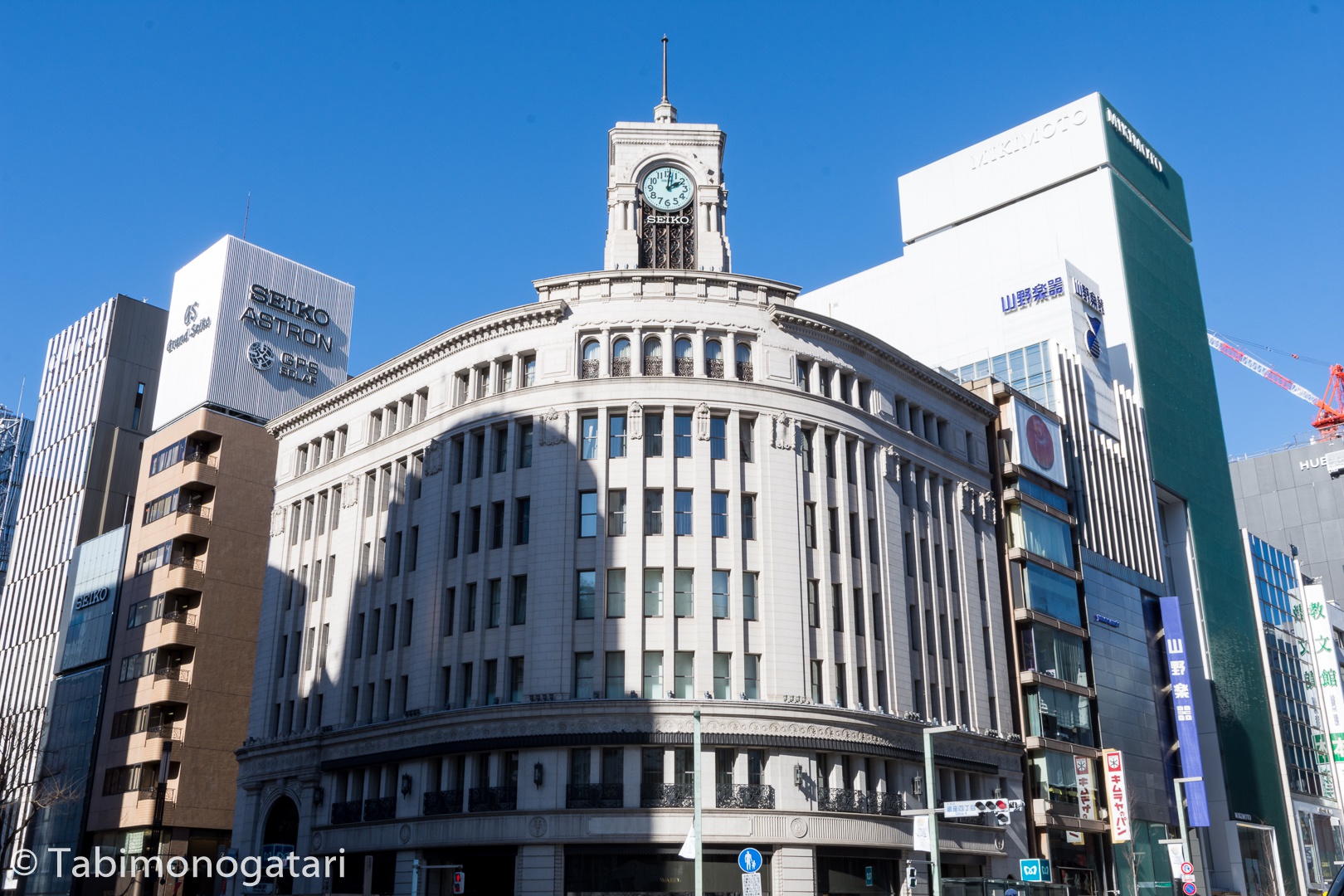
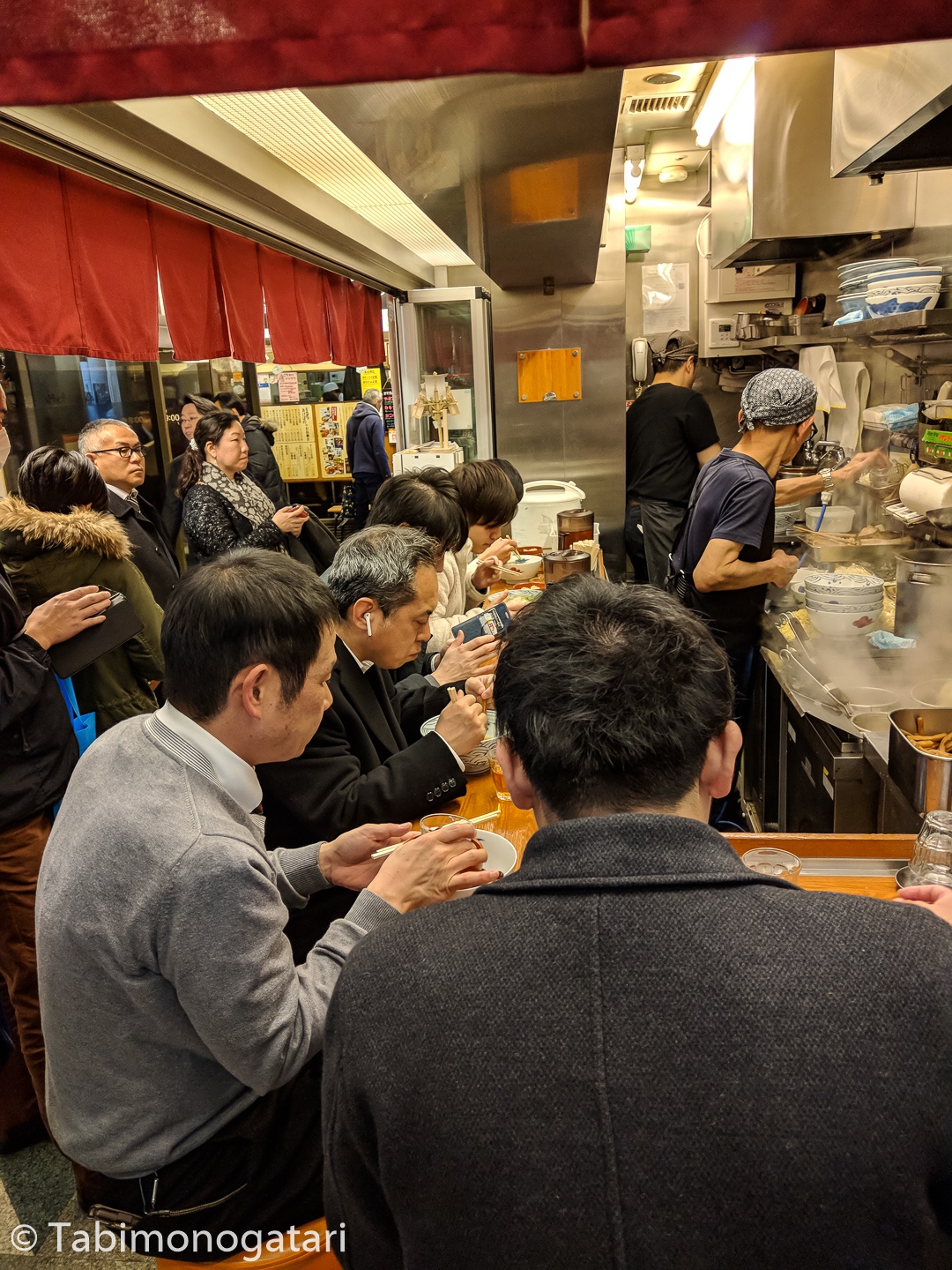
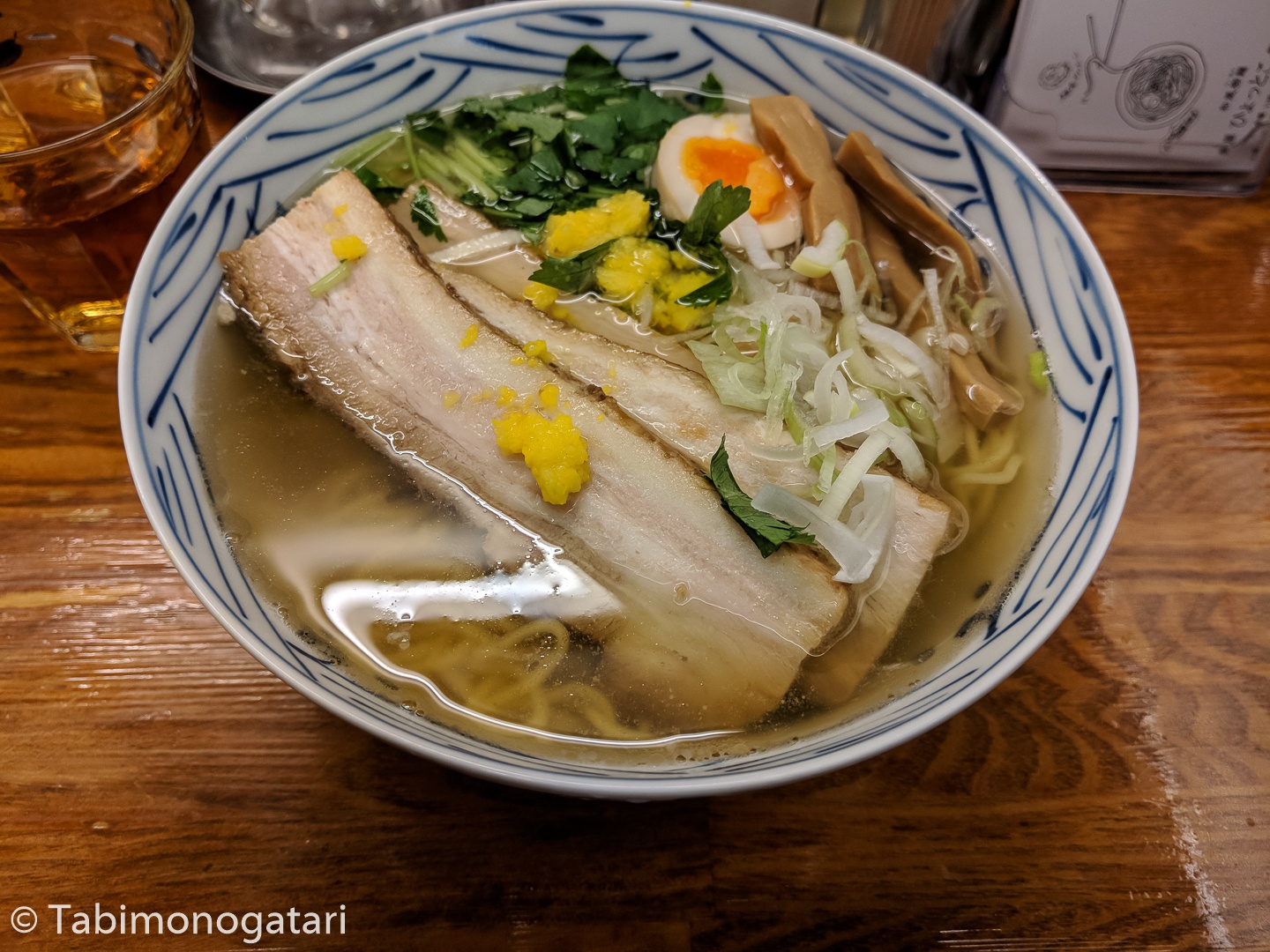
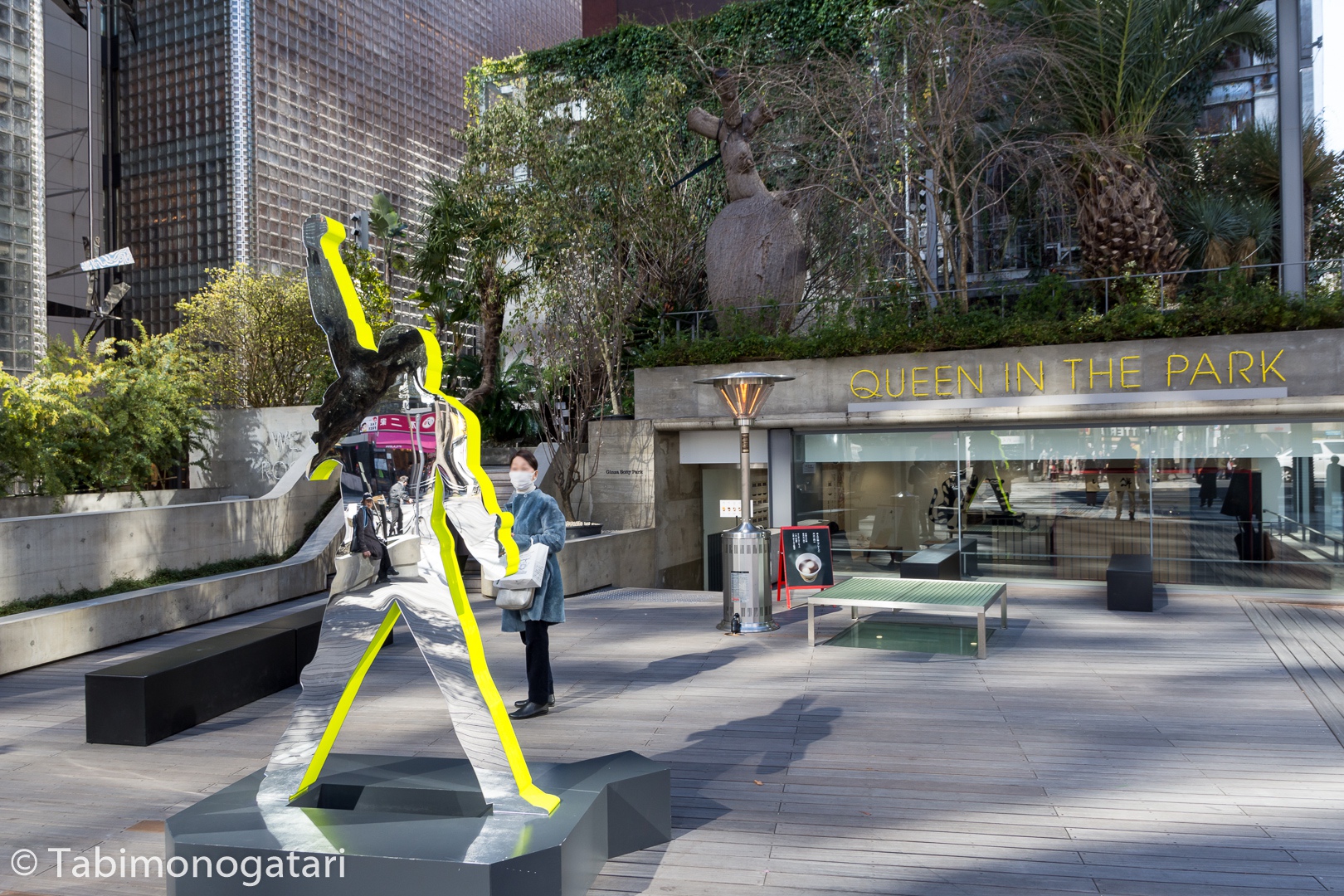
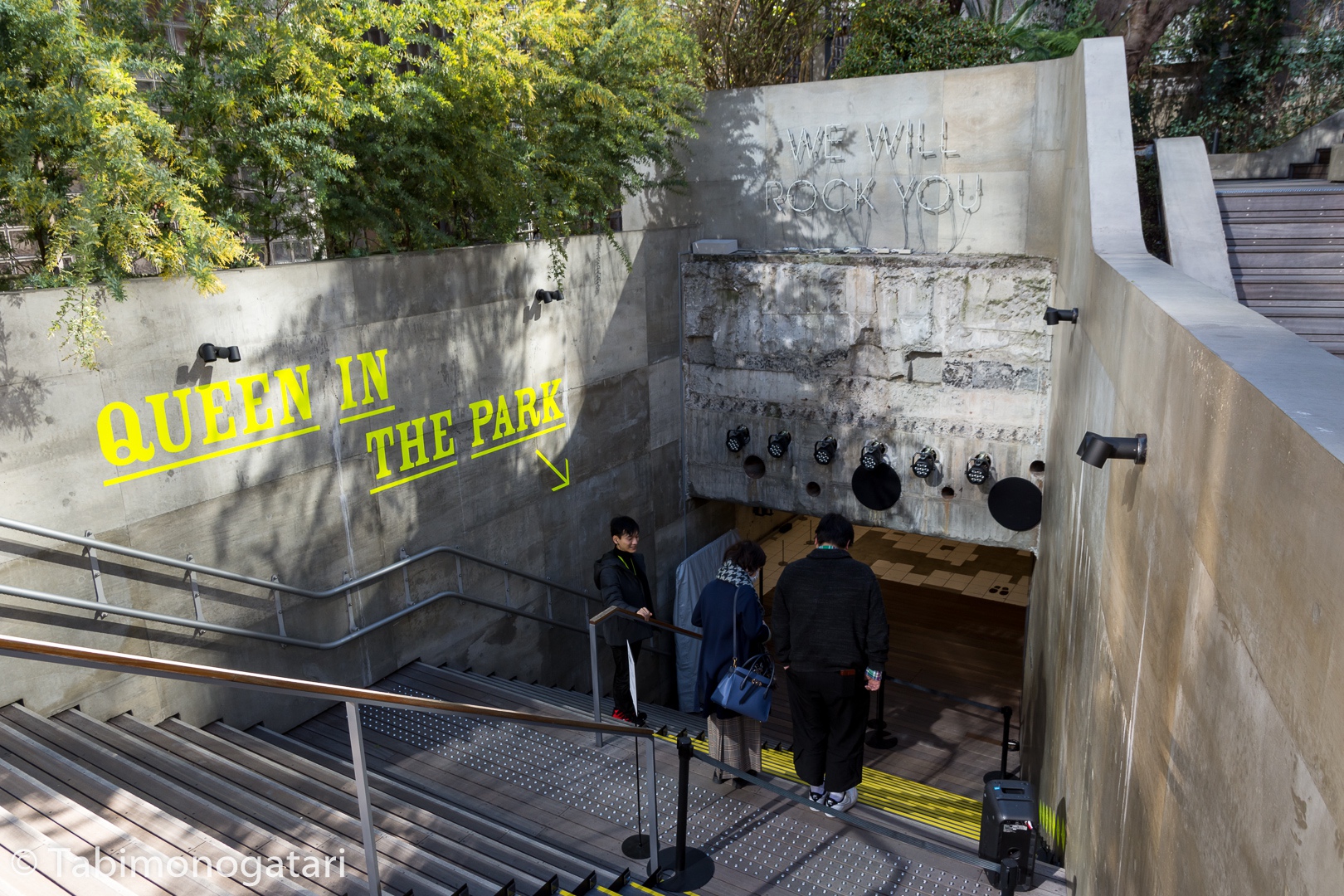
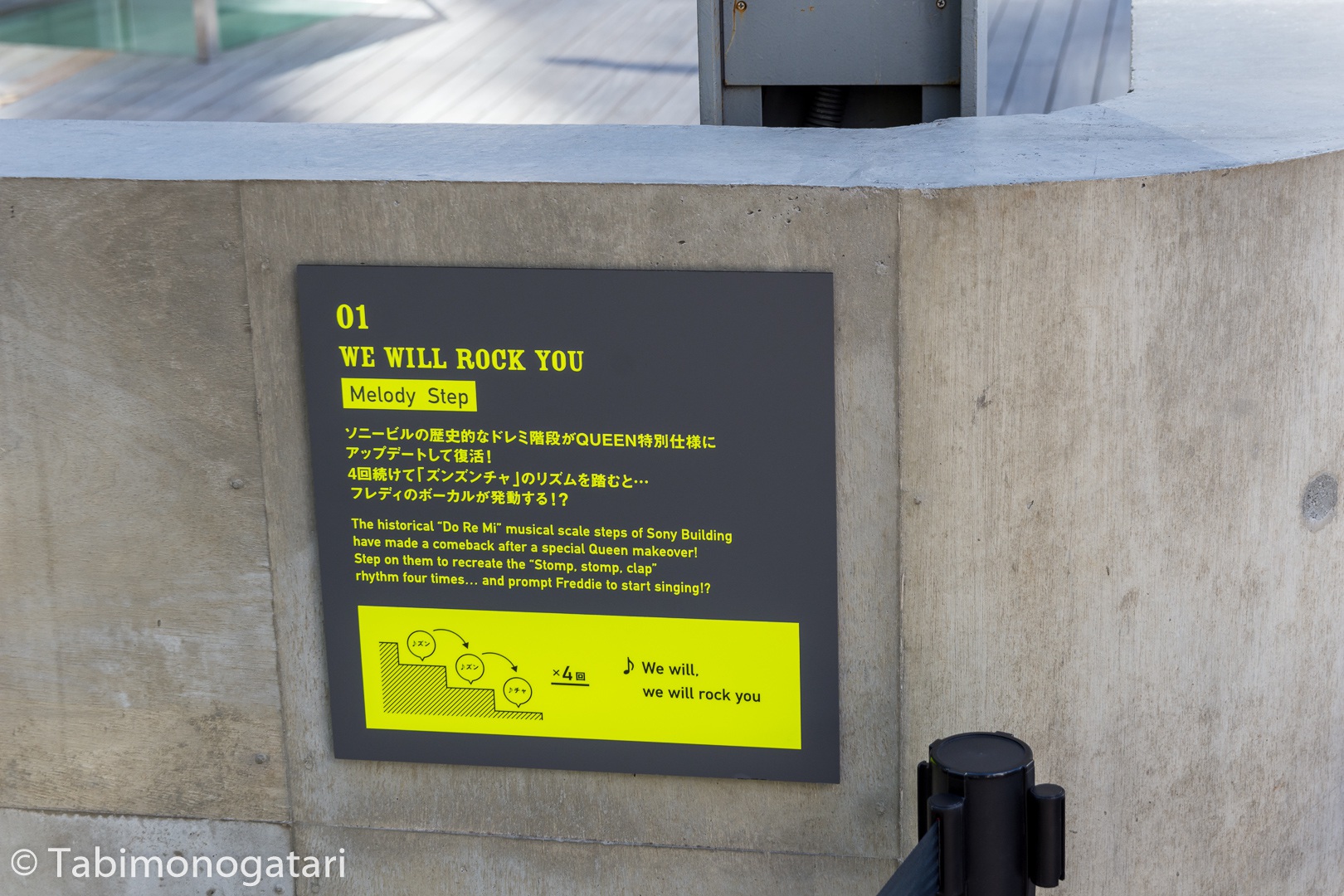
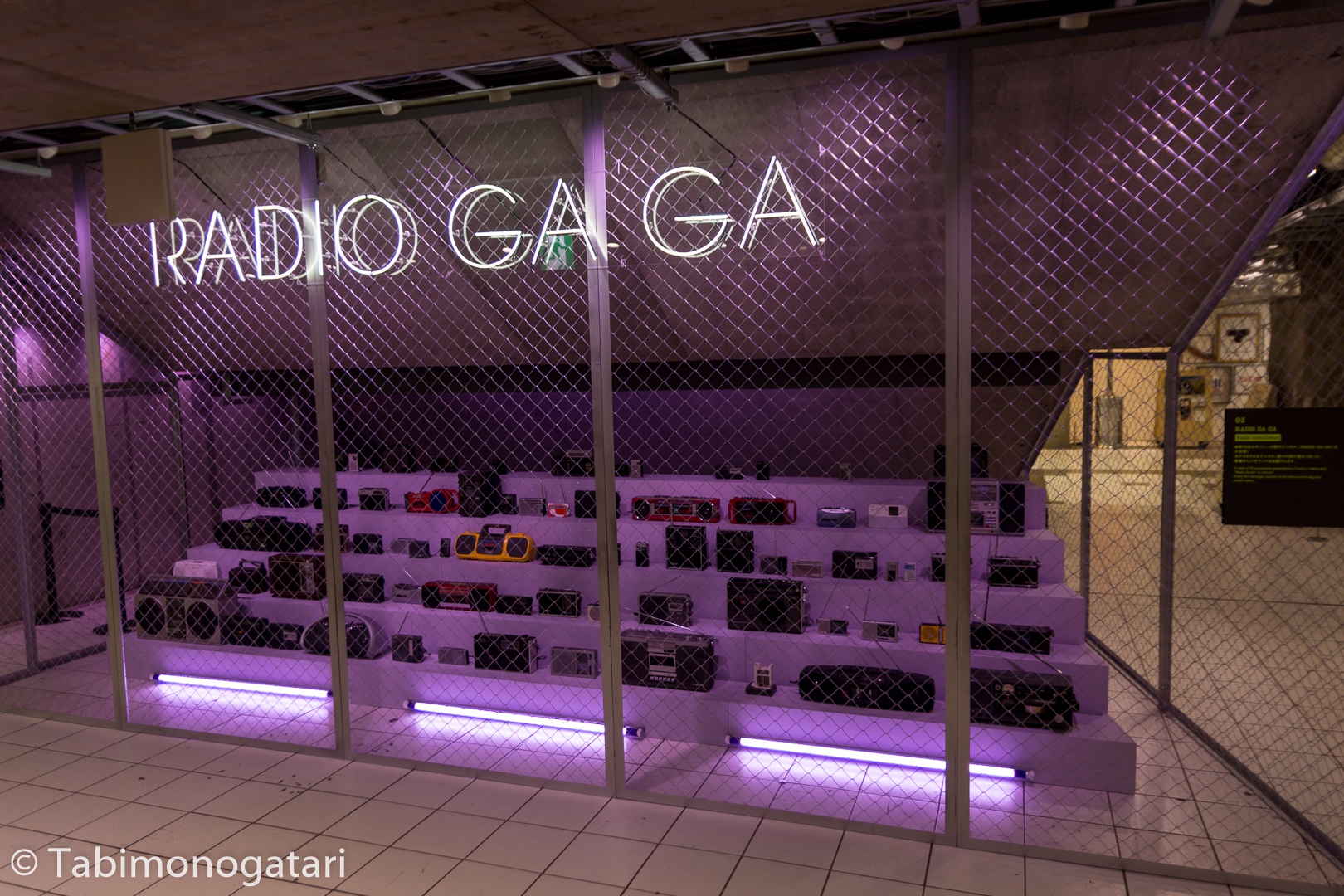
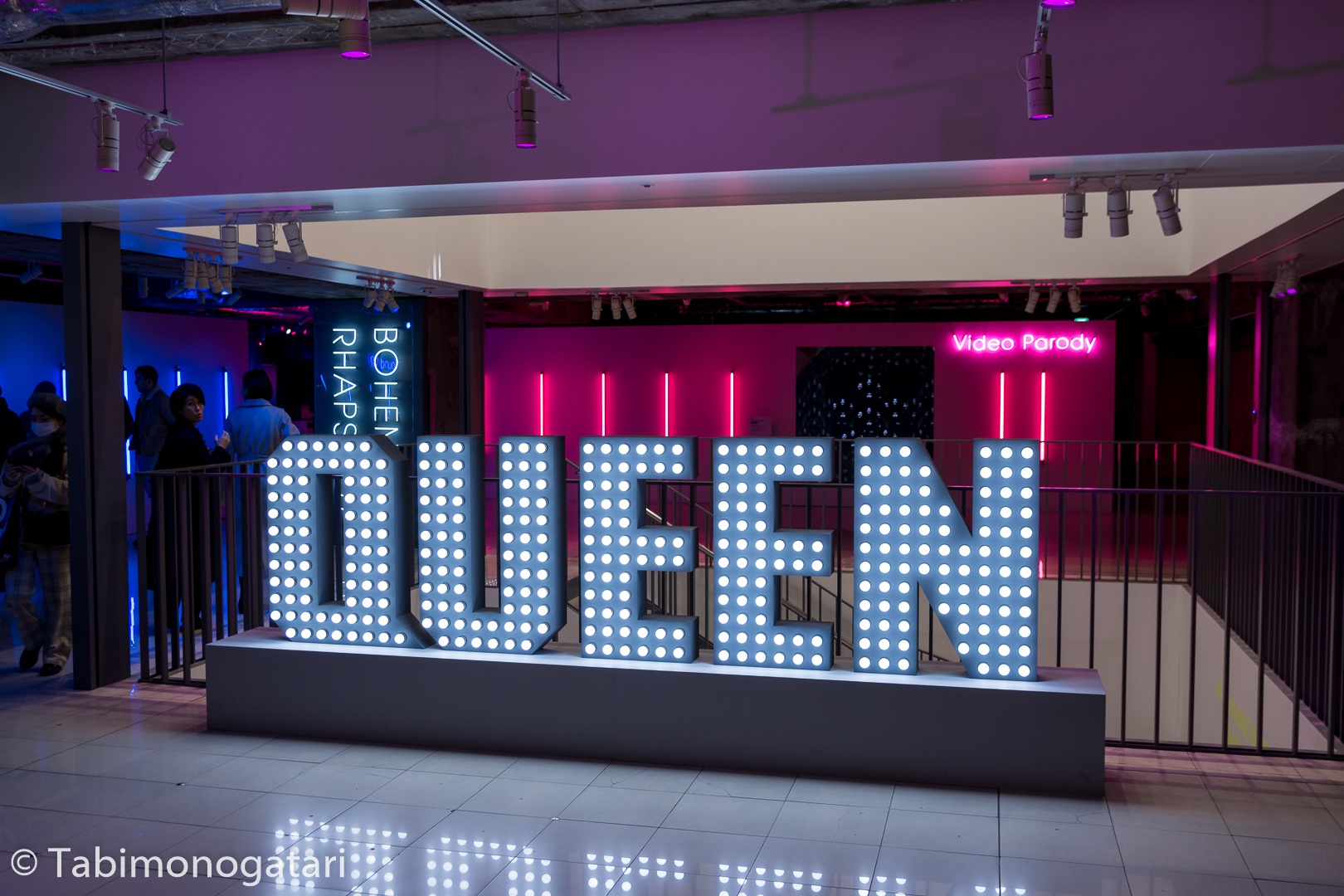
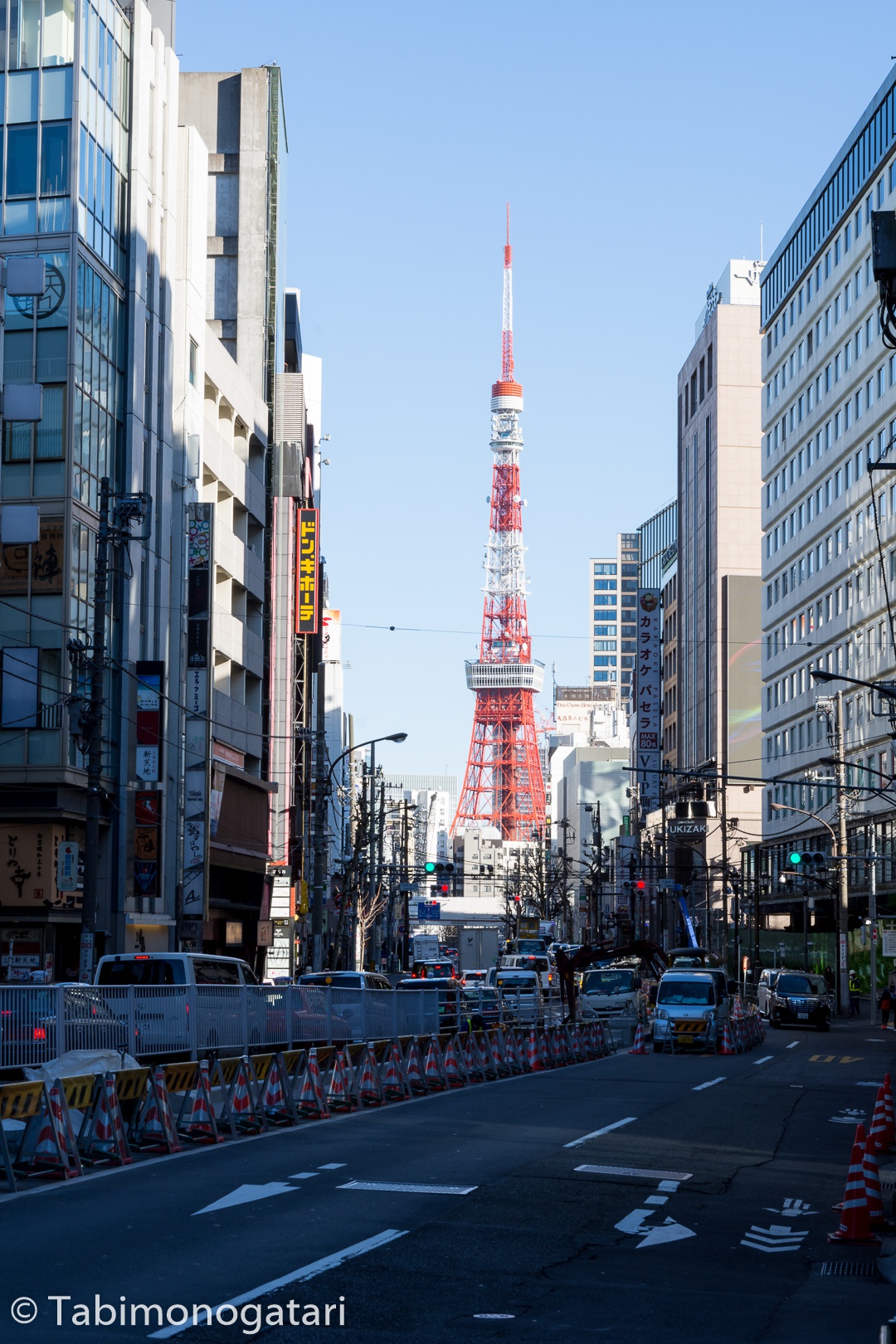
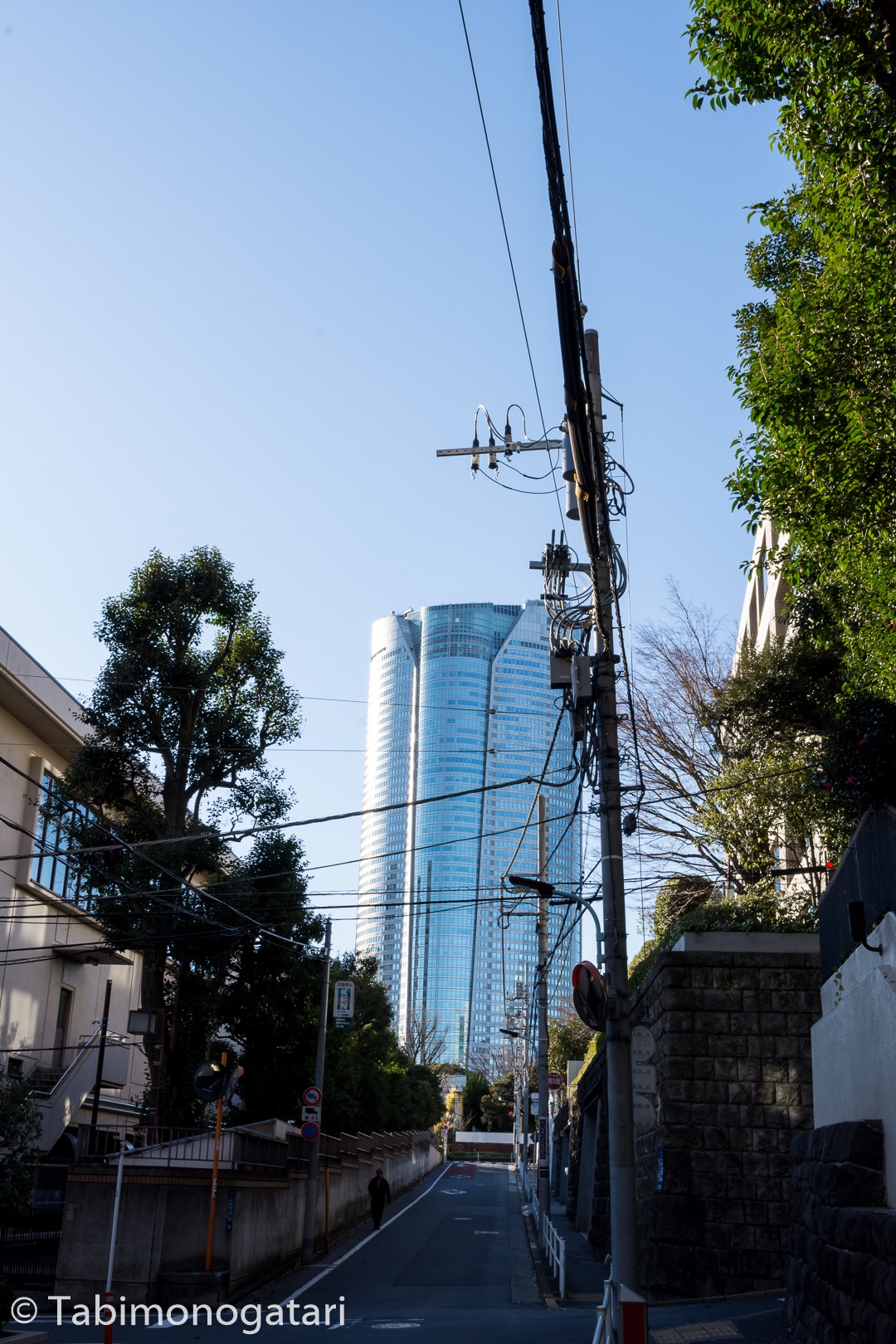
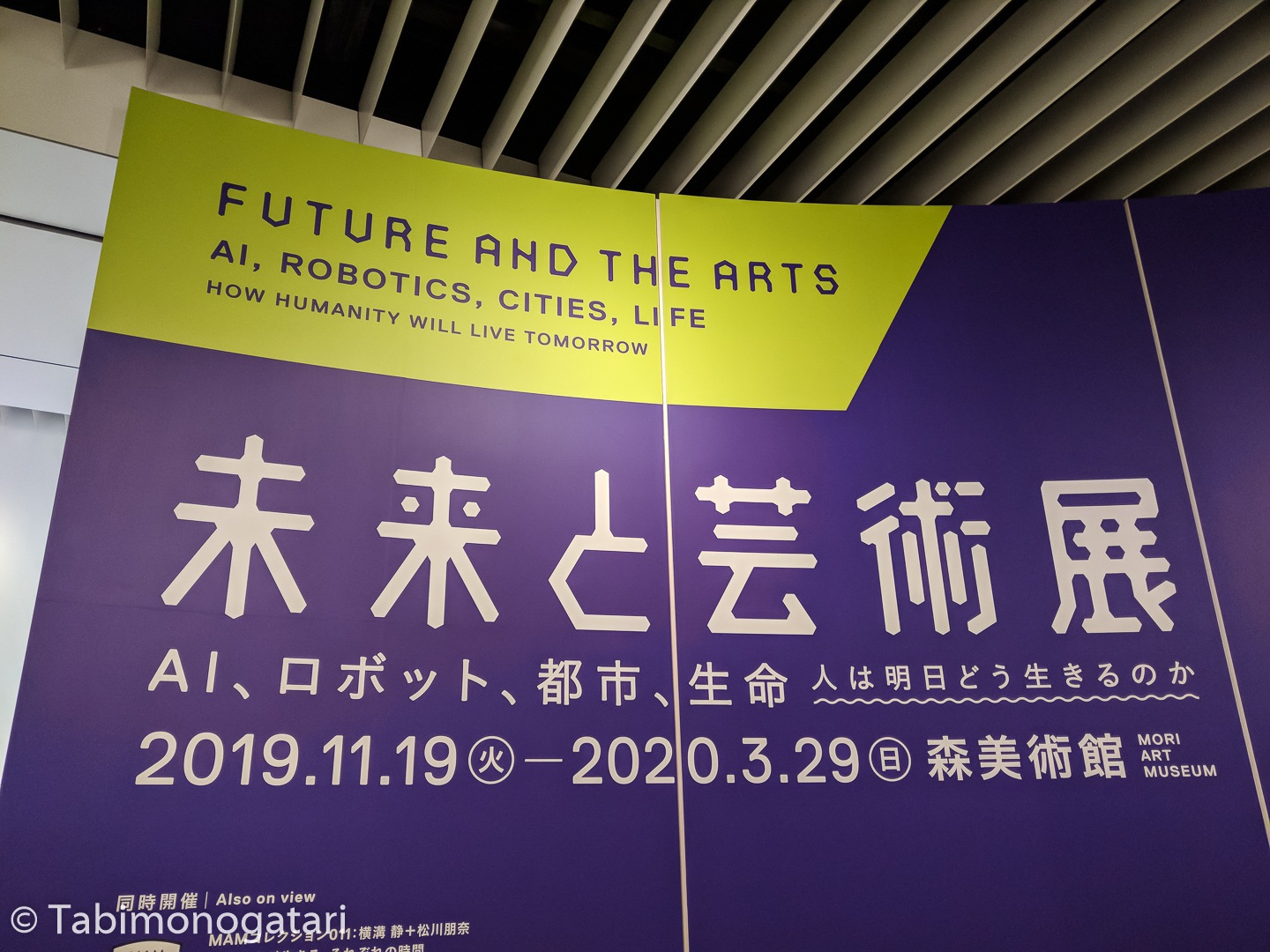
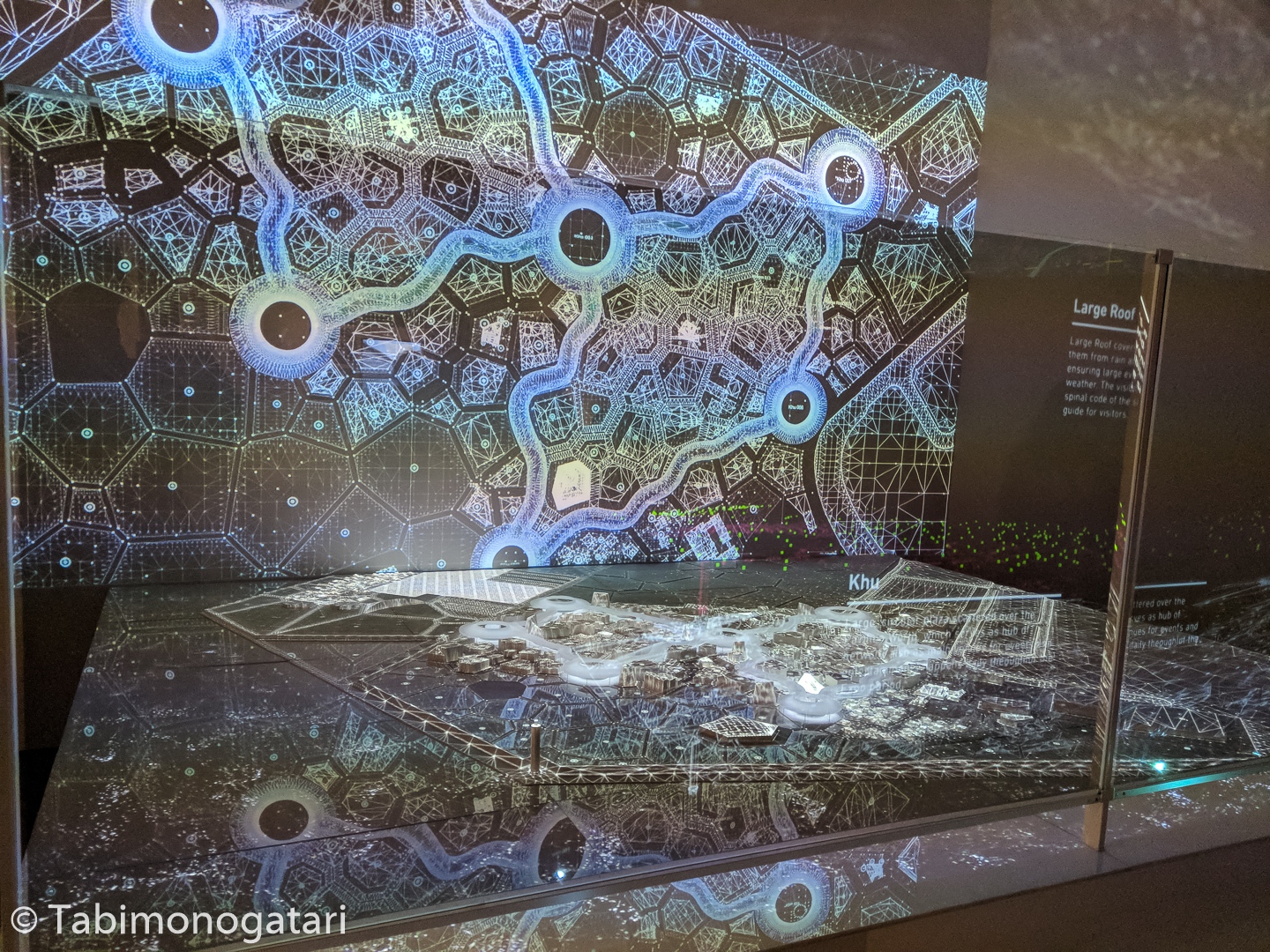
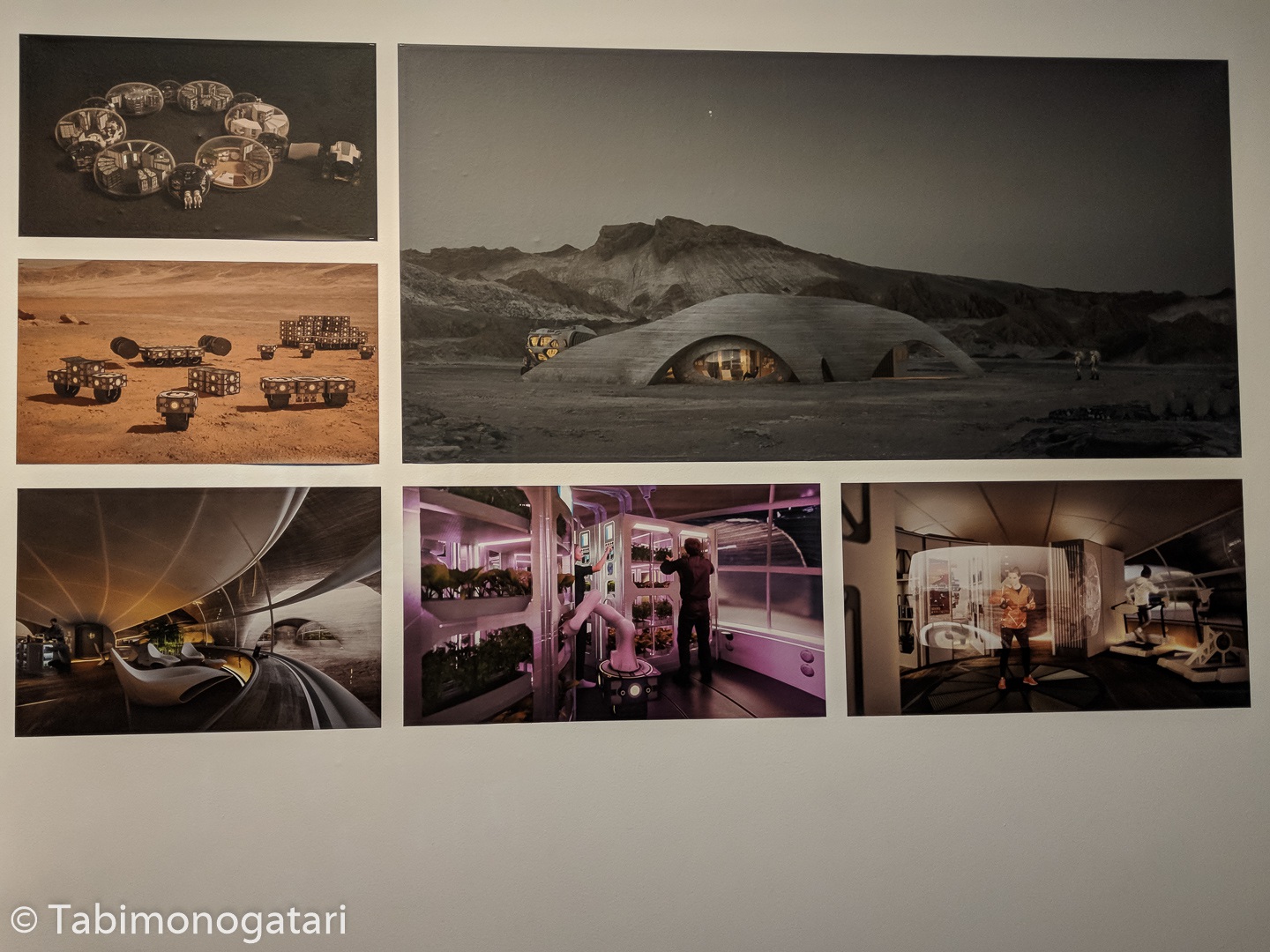
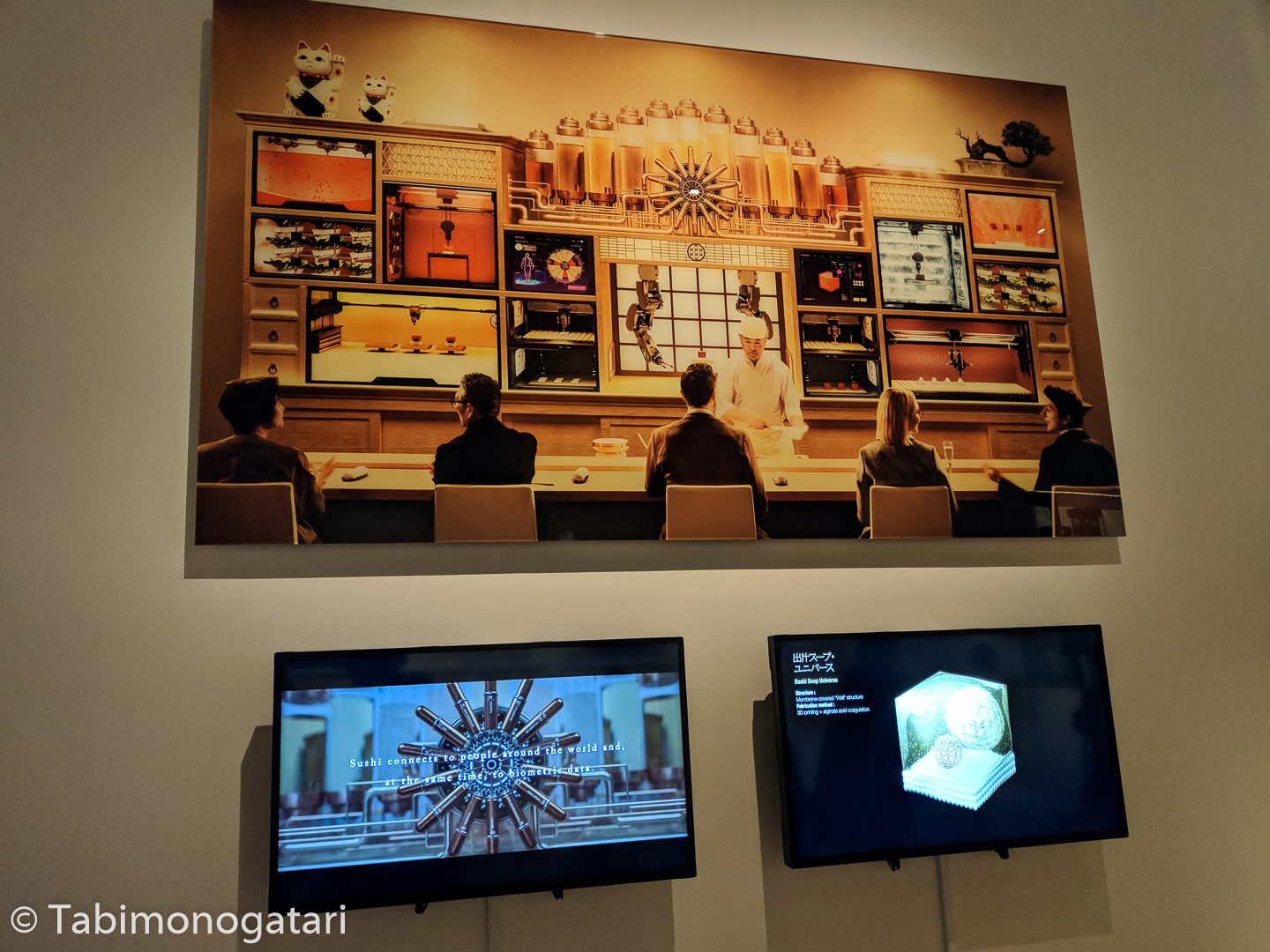
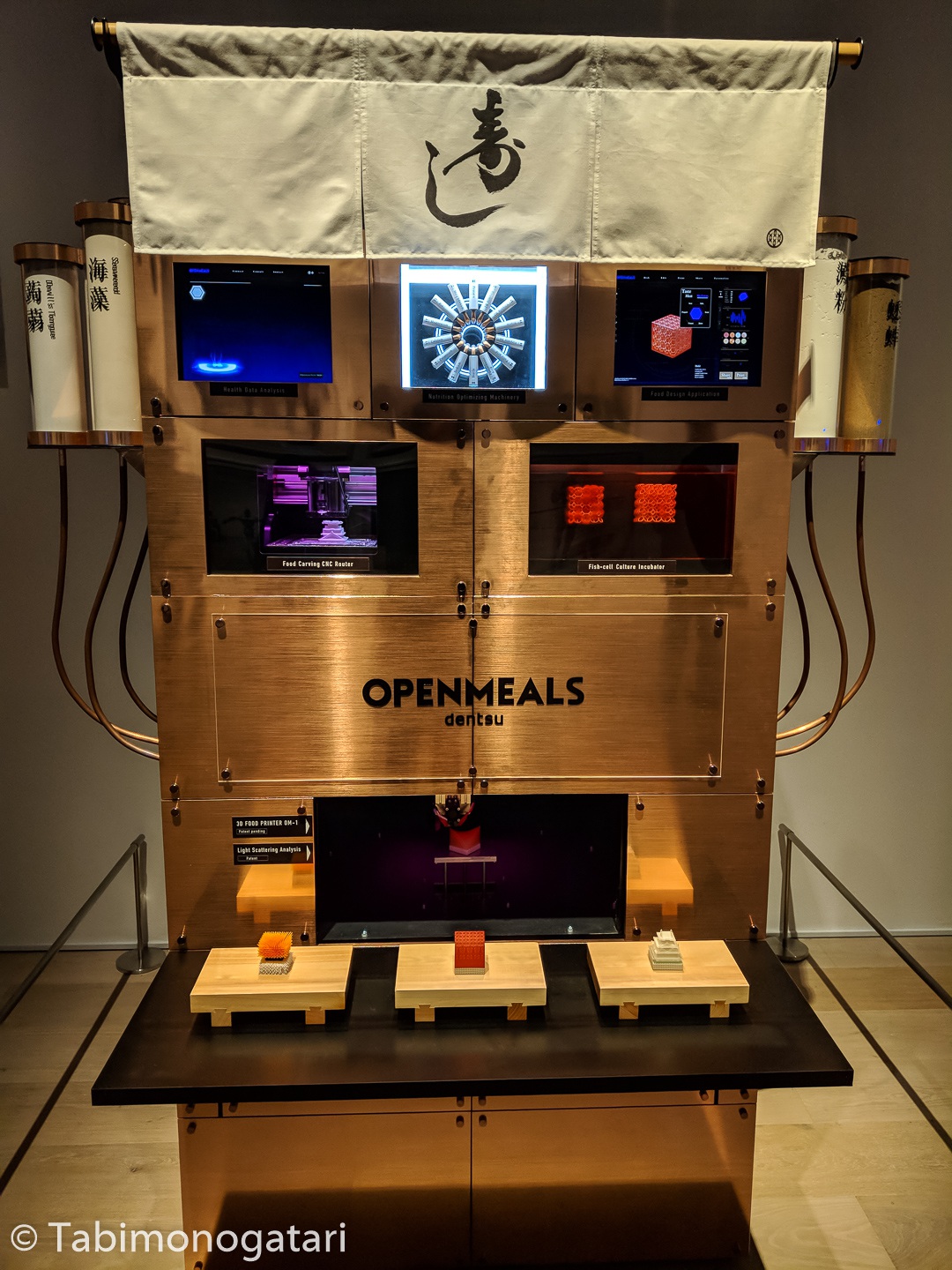
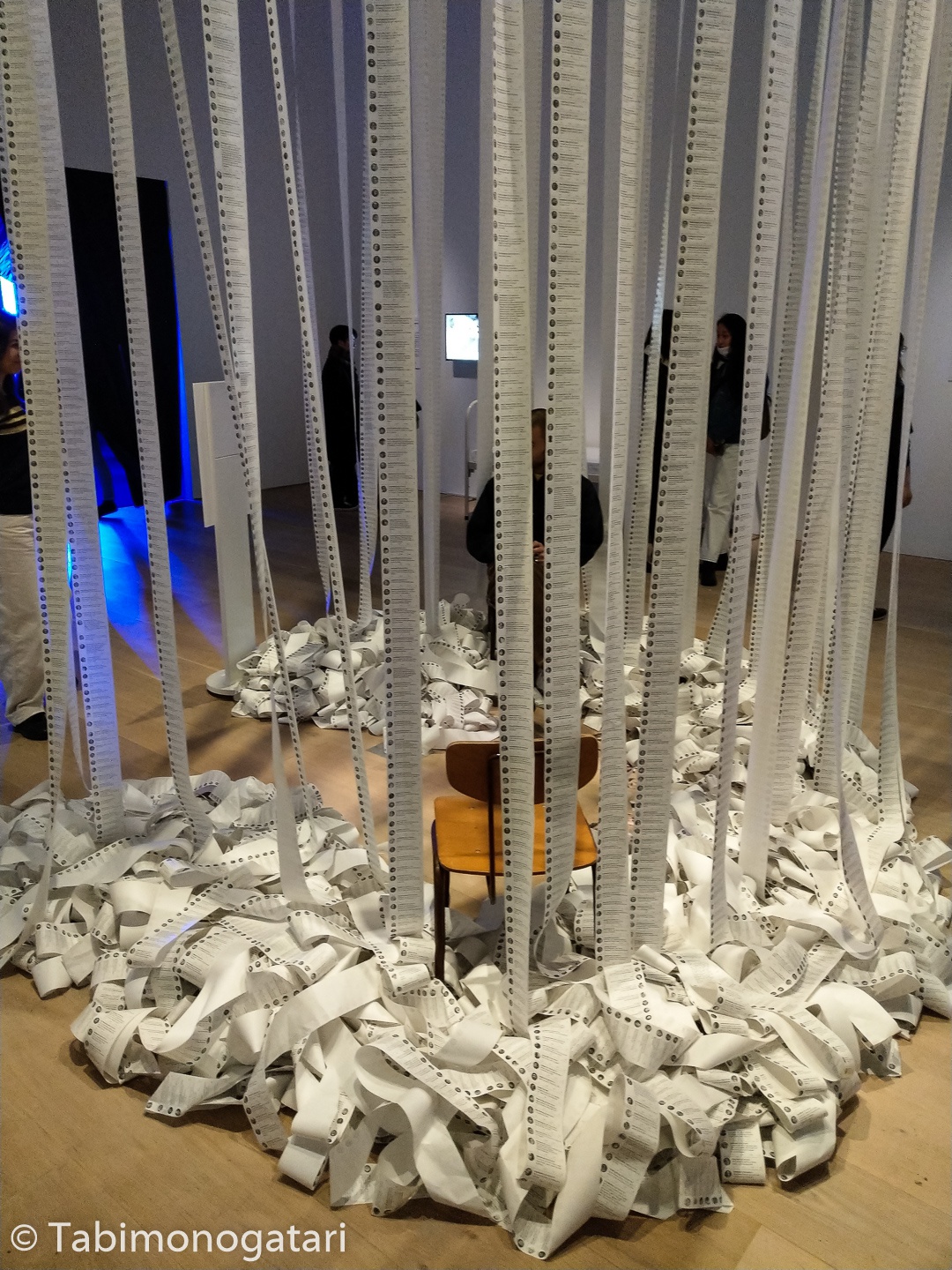
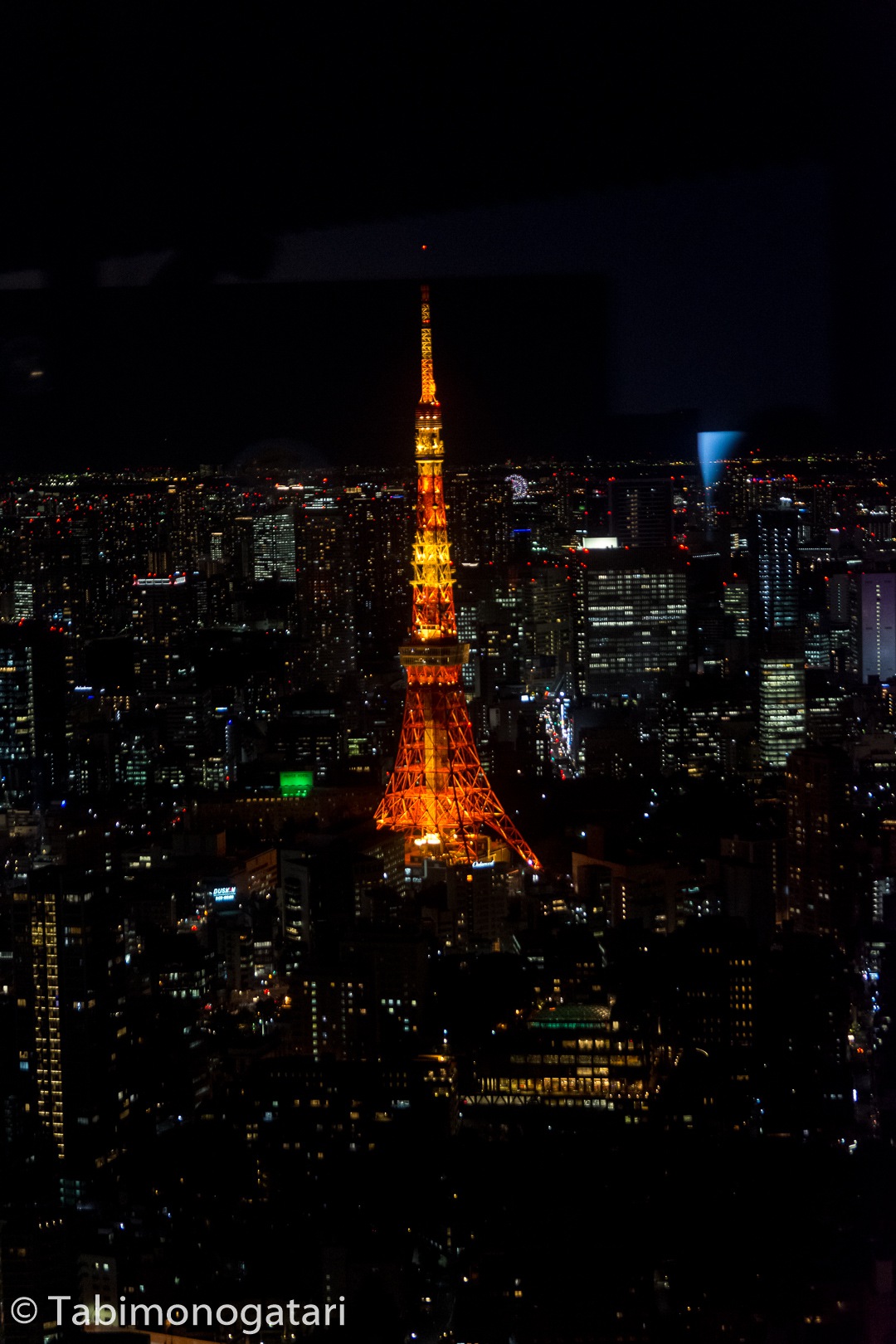
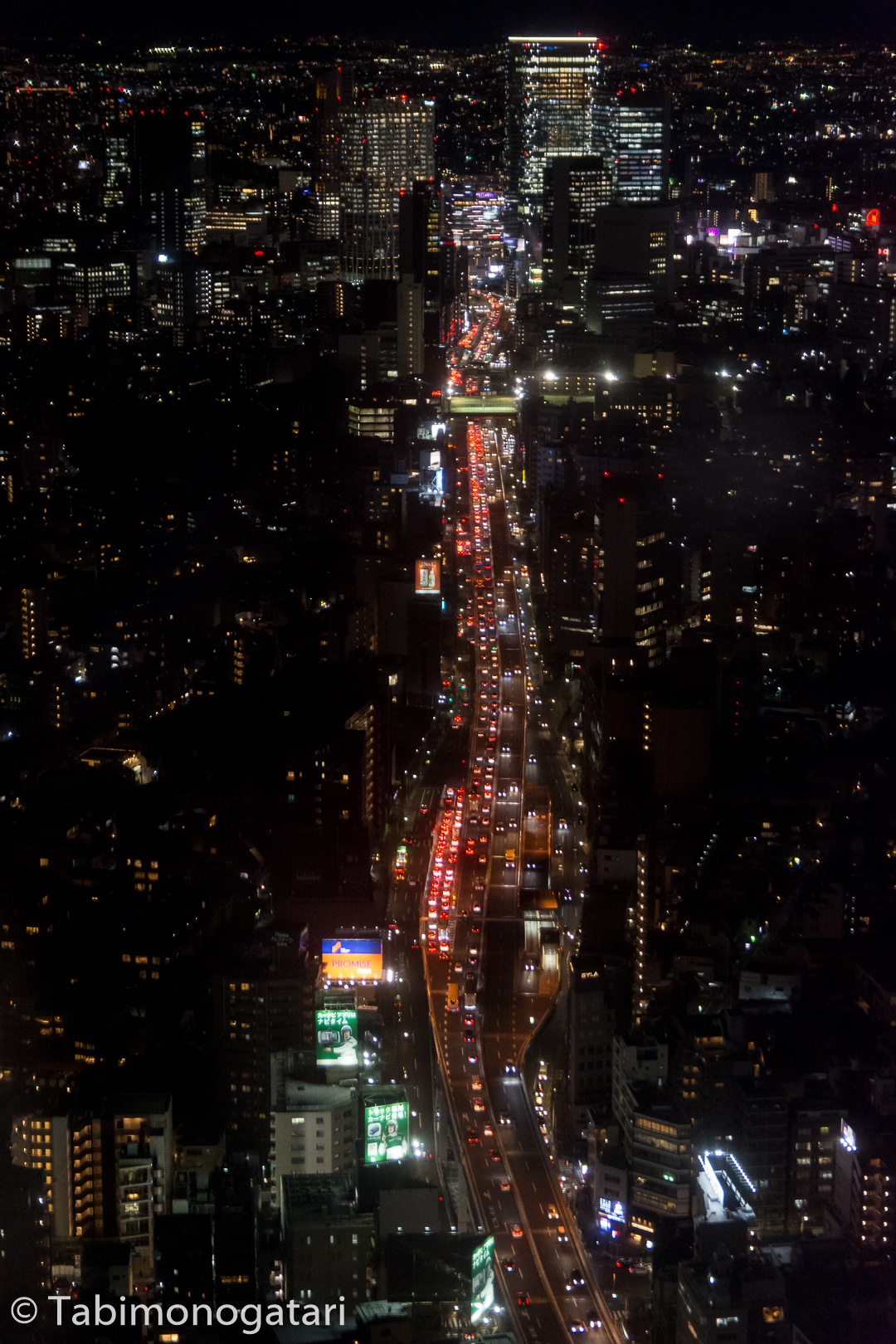
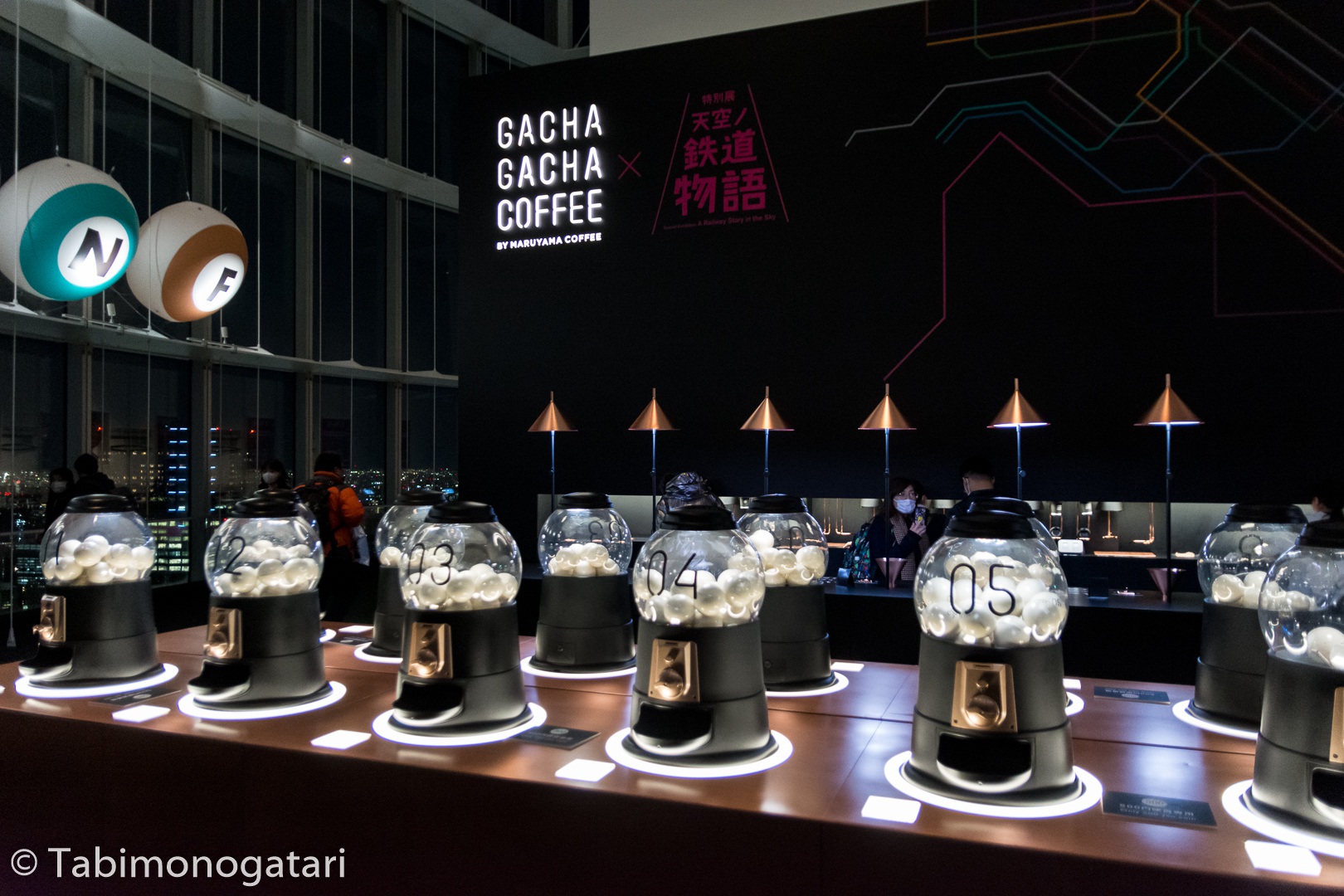
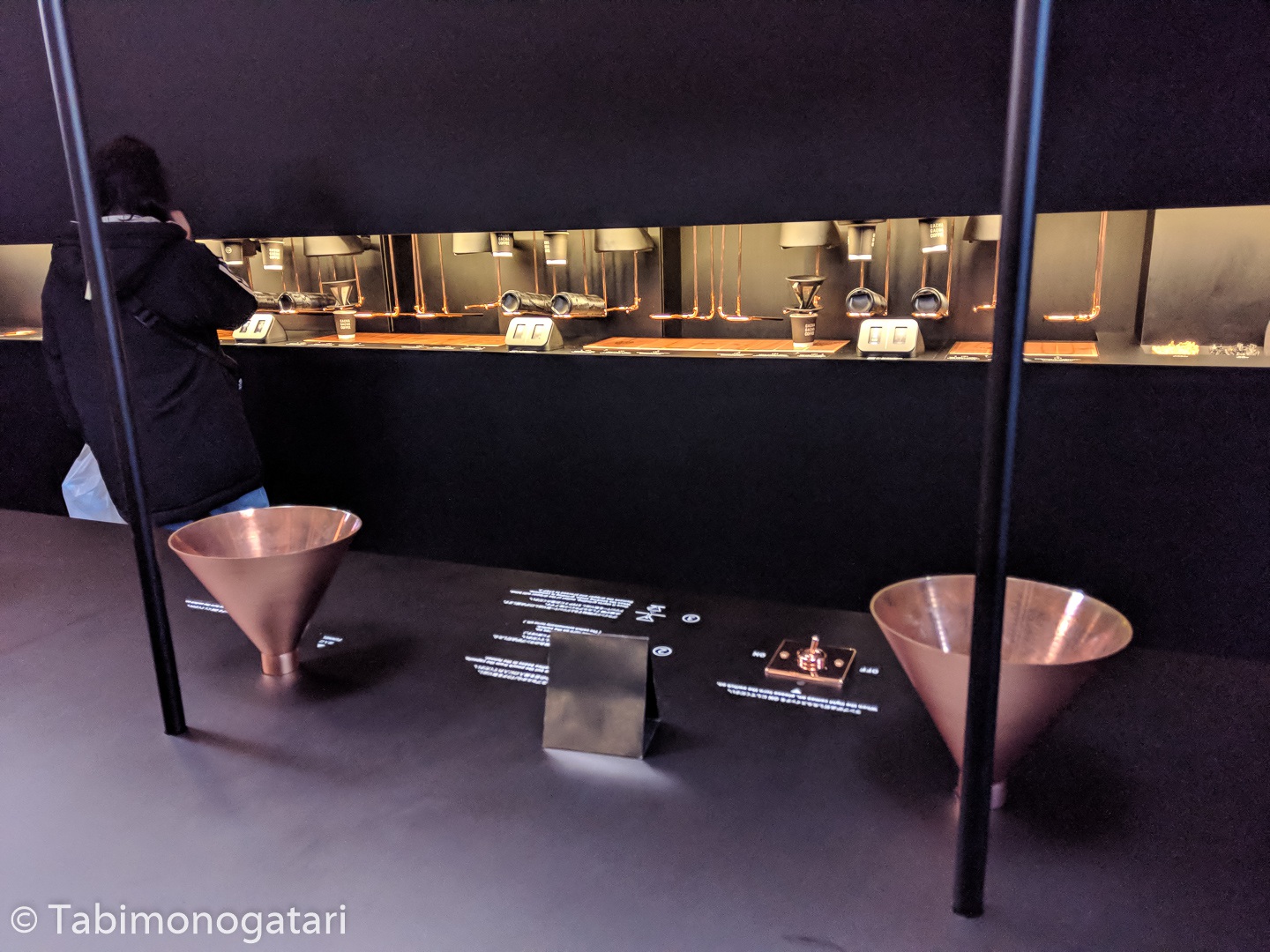
Pingback:Japan 2020 #09: Tokyo - Tabimonogatari - 旅物語